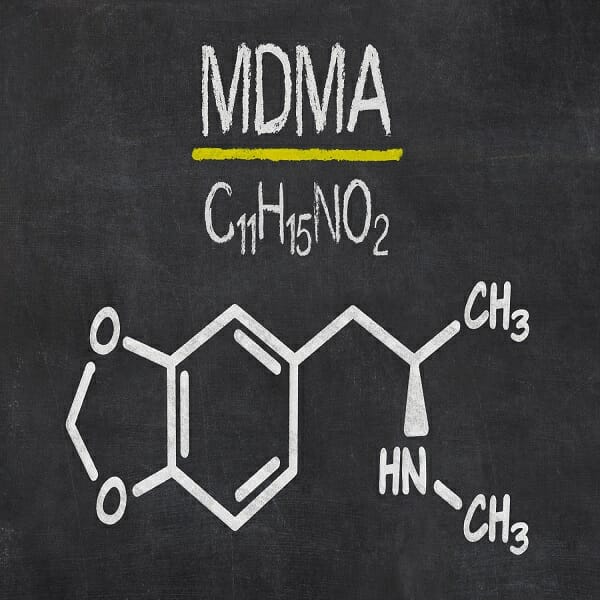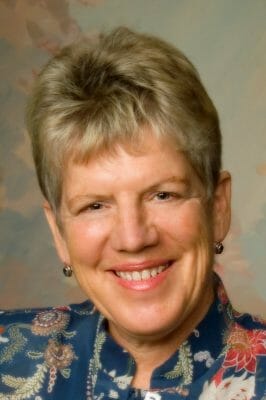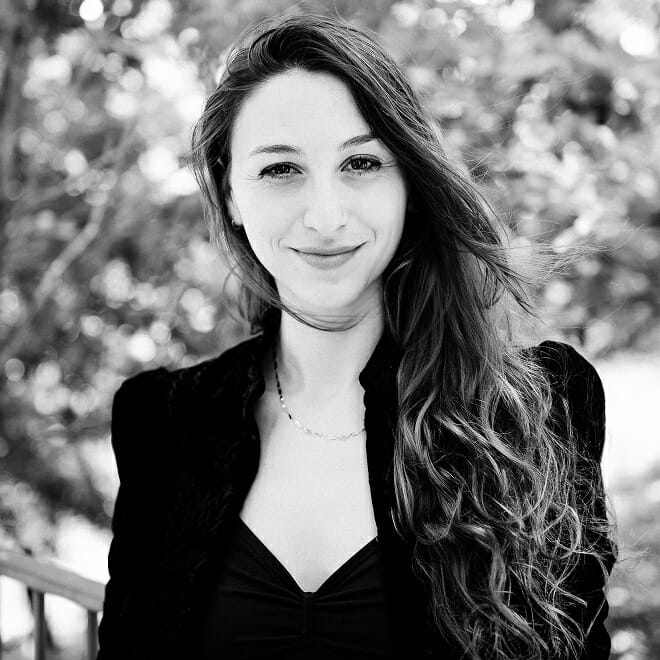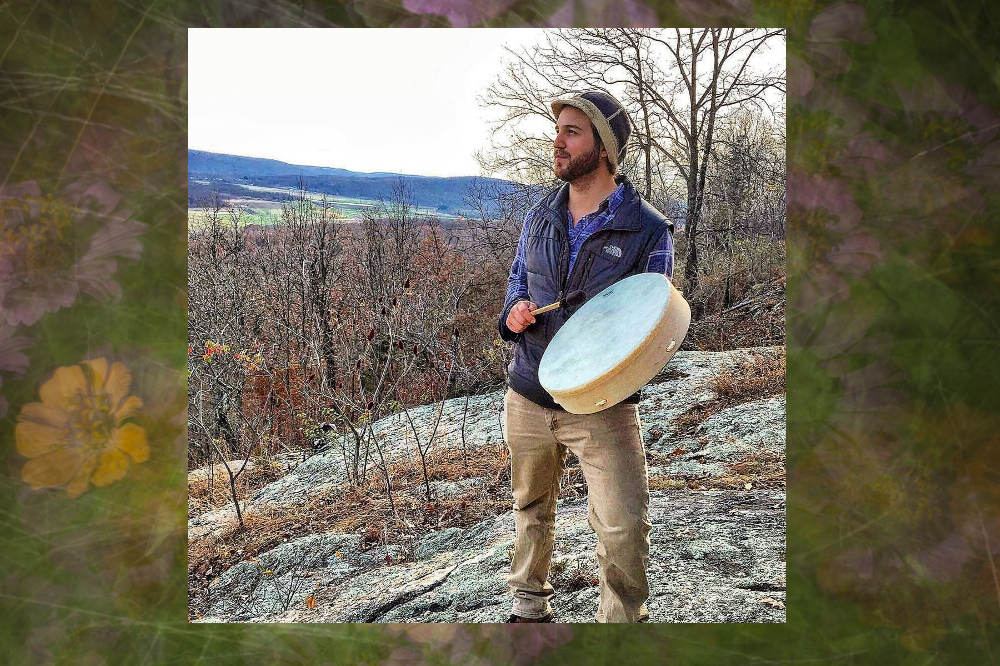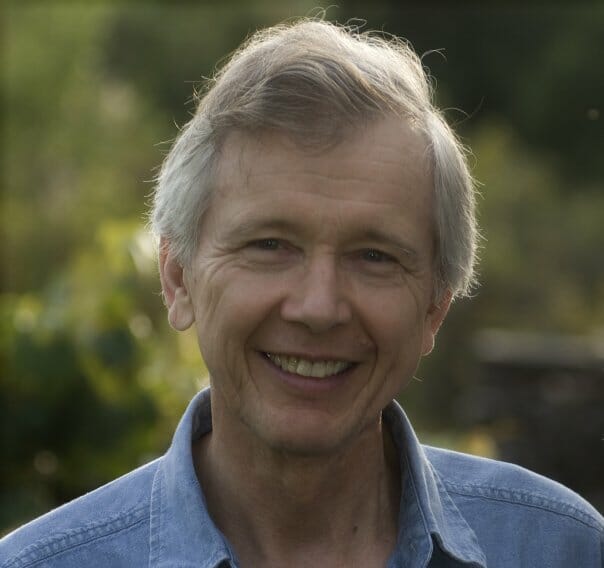By Debbie Kadagian, LCSW, HHC
Throughout my twenties, I spent a lot of time wondering what the meaning of my life was. I was reading Hermann Hesse, Viktor Frankl, and other similar authors, but I couldn’t quite connect those books to my own life. I wanted to know what it was like to experientially engage in a vocation. Reminiscing on this struggle, I was motivated to write an article on my experiences thus far with psychedelic integration, share what has been helpful to me, and provide insight to those either wondering about this practice, studying it, or actually beginning it.
My path towards becoming a licensed psychotherapist was not direct, as I did not receive my clinical license until my late 50s! I can now see, with that lovely 20/20 hindsight, that everything I did led me here, with valuable insight that I would not have had if my path had been more direct. I studied food, nutrition, and painting, had children, taught yoga, and became a certified Ayurvedic counselor before landing on my current path.
My Ayurvedic practice began to really crystalize my direction. Ayurveda is a science of life and embodies the mind, body, and spirit to integrate a lifestyle most suited for each individual. Much of my Ayurvedic practice had to do with clients’ emotional states. As such, I became more focused on the mind. This led me to a conversation with the dean of a nearby university, and shortly after, I enrolled in a Master’s program that had not even been an idea in my conscious awareness the year before.
Plant medicine was not on my radar at the time of my schooling. This path evolved through witnessing the healing that close friends and family experienced. Having had my fair share of psychedelic experiences as a young adult living through the ‘70s, I was always comfortable with the experience but did not yet see it as a healing therapy. After going directly to the source again and having my own experience with this new idea in mind, I now KNEW this was an unprecedented healing modality. I have since expanded my mindset to welcome plant medicines/psychedelic experiences as one of the most effective healing therapies that exists.
For thousands of years, people have been using psychedelic substances to further their understanding of themselves and the universe. Sadly, most of these medicines have been labeled as Schedule 1 drugs in the USA, though this is changing with several FDA clinical trials currently taking place. These research trials are studying the efficacy of using psilocybin as a treatment for depression, and MDMA as a treatment for PTSD. The trials for MDMA are in Phase 3, and the hope is to have this as a valid form of therapy by 2021. In the meantime, outside the US, there are countries where plant medicine is legal now.
Psychedelic Integration is designed to assist those seeking support in connection with psychedelic experiences. Individuals who have had difficult experiences can benefit from a better understanding of the often-challenging feelings stirred up by psychedelics; while those who have found the use of psychedelics to be a positive method of gaining insight can use supportive therapy to bolster and integrate that knowledge into their daily lives (http://www.ingmargorman.com/psychedelic-therapy). This part of the process, before and after the experience itself, is such an integral component of the whole journey. Working together, the therapist helps the client to understand what may happen, guiding them toward the safest set and setting (this phrase describes the physical, mental, social and environmental context that an individual brings into a psychedelic experience), and then fully integrates the experience afterward, perhaps even for months or years to come. We all have the capacity to understand our own selves, but having a guide makes sense of a plant medicine journey or psychedelic experience leads to deeper healing and a deeper understanding of self. I like to think of it like this: if plant medicine is a teacher, then an integrative therapist is a tutor, helping the traveler understand the teachings.
There are 3 categories in which I have been offering integration to clients, not one necessarily more prevalent than any of the others.
Category One: “My husband is freaking out! He did Bufo 3 days ago and he is sitting on the floor of the shower, shaking and crying… he can’t seem to come out of it.”
Category Two: “I found your name on an integration list and I need to talk to someone about an experience I had…”
Category Three: “I’ve been thinking a lot about going to do ayahuasca (or psilocybin, etc). I’ve read so much about it but I feel scared. I’ve never done anything like this before.”
All names and details are changed to protect privacy as I proceed to describe a sample of each category:
Category one:
I received a call from Ron, who was clearly in distress, evidenced by the urgency and desperation in his voice. He was begging me to see him (he lived 2 hours away). He had experienced a powerful bufo journey (the strongest known natural psychedelic on planet earth, tryptamine 5-MeO-DMT, produced by Bufo Alvarius, a toad of the Sonoran Desert). I found out that he was not an inexperienced partaker in psychedelics, as he had gone on an ayahuasca retreat for a week the year before. Regardless, the bufo experience floored him. Until I was able to get him in to see me, I instructed him to go to the beach, assisted by his friend, and sit on the sand, feeling the sand under his hands and legs, and breathe in the healing salty air, using a mantra of “I am safe, I am right here” repetitively. This mantra was to ground him to the here and now. I also had him eat grounding (comforting) foods, which his friend was able to provide (warm stew, butternut squash, soup, etc.).
He arrived the next morning to my office wrapped in a blanket with sand on his feet, as he was coming straight from his second day of sitting on the beach. He was trembling and he didn’t understand what had happened to him. Having been further informed by his friend, and thankfully, with the knowledge of Dr. Stanislav Grof’s work with “spiritual emergency,” I was able to normalize this intensity for him. He was experiencing past trauma (that he re-lived during his ayahuasca ceremonies the year before), but now he was somatically experiencing it, coming up and out of his body, resulting in uncontrollable shaking. Through his tears, he described his trauma as his body continued to tremble. As a child, Ron had been repeatedly molested by his older brother, and when he went to his mother, she told him he was lying. Confused and traumatized, he left home at 11 years old to stay with a friend, and his mother never came to collect him. I encouraged him to just keep on letting his body tremble- that this was a necessary part of releasing the traumatic experience. I found myself moving closer to him and making sure he felt safe. After giving him the encouragement that this was exactly what needed to happen, and with the support of his loving friends and family, he was eventually able to go home, instead of what normally would have resulted in an ER visit (I have to admit, when he first arrived, I thought I would have to refer him to the ER, but am very thankful that this didn’t happen). His trusted friend kept very close by, physically assuring him that he wasn’t alone and he was safe.
Two of his friends brought him back the next morning. Ron already looked better and was able to articulate more about his experience. He went on to meet with me several more times and has been able to process these very difficult events to the point where they are no longer stuck in his body. He has since described a sense of calm that he couldn’t ever remember feeling.
Because of the knowledge of what each of the particular plant medicines can do and how the body processes trauma, we were able to prevent what could’ve been a very detrimental stay in a psychiatric hospital. This is a very clear example of why integration is so important, and particularly with a trained therapist, with prior experience working in an acute care unit of a psychiatric hospital.
People who reach out for integration are looking to understand their experience and process it through their own history and trauma. They’ve turned to plant medicines or psychedelics because what they have been doing hasn’t been working and they’re not happy with how they’ve been living. They have not been able to get through the walls they built to keep them safe growing up (but no longer serve them as an adult).
In a therapeutic environment, there are no “bad trips.” The experience referenced above may appear to be frightening, but as we can see, it was very intense, and yet, very healing.
Category Two:
As for Category Two, I’ll share an example I had with Paul. He called to tell me that he wanted an appointment because he had a psilocybin experience that left him feeling happy for the first time since he could remember. He had been on the verge of suicide many times for the 3 years prior, seeking different forms of therapy and medication to no avail. He could not get out of a deep sadness and numbness that he felt, no matter what he tried. Plant medicine was a last resort, and in his words, if it didn’t work, he was done.
He tentatively arrived in my office and described this feeling of peace and love that he was somewhat desperate to hold on to. This integrative therapy evolved in a way that I didn’t expect, because over the course of a year of our work together, Paul went through some physical symptoms that derailed him for quite some time, but was so closely connected to the fear that kept him from experiencing any joy in his life. As he came to realize that these symptoms were connected to past trauma, and as he realized that he was, indeed, a very sensitive person (this was met with almost disdain when it was suggested in the early stages of therapy), he truly began to heal and come alive. This is an example of what the “spectrum of trauma” means. Paul’s repressed grief had a lot to do with his intense emotions around the death of a beloved pet when he was 11 years old. He was shamed for his grief by family members and peers. By pushing down these feelings of grief, coupled with this new shame, his capacity to feel was also pushed down, and depression became his norm. While this trauma may not appear to be nearly as intense as Ron’s trauma, it affected Paul to the point where he had disconnected from himself, and ultimately, didn’t think life was worth living, although he had no understood connection to the repressed grief at the time.
The psilocybin journey showed him what was possible, but it did not enable him to live a happy life until he got underneath his “firewall” (described below) and worked at it. There was a lot of grief for him to process, and tears came along with shame until it moved its way out. Today, I can happily say that smiling is the norm for him, and spontaneity is part of his daily life. He embraces his sensitivity and sees how it has become a gift to him. He worked hard to get there.
We all have unresolved trauma. Trauma is the response to a deeply distressing or disturbing event that overwhelms an individual’s ability to cope, causes feelings of helplessness, diminishes their sense of self and their ability to feel the full range of emotions and experiences. Some of us have experienced more intense trauma than others, but some of us are more sensitive than others as well. If a disturbing experience led you to disconnect from your true self because what you were feeling was too much, that is the internal impact of trauma. We create a “part” that protects us from this overwhelming emotional pain, assuring us that we will not feel it again. Most of the time, we are completely unaware that we have done this.
These traumas become more clear during integration therapy, as the plant medicine helps to reveal that which we have buried deep in our subconscious. I truly believe that psychedelics/ plant medicine, when used properly, are here to bring us back to our whole self- to show us our own “operating system” that we have created as a result of our experiences, and how there may be some “firewalls” up that are protecting us from pain and keeping us from our true nature. Why would we want to pull down this firewall that has protected us for so long? Because that pain we are protecting is where we are going to find ourselves the most alive. We need to sit with it, feel it, allow it, and finally, let it move its way through us and out. What is depression, but a condition where we feel disconnected from self and others, where nothing will make us feel better because we have lost our way? What is anxiety, but an unprocessed fear that we are not going to be ok? We may have felt like we couldn’t survive this emotional pain as a child (emotional pain can be very intense and confusing for a child, and none of us are exempt from this), but we need to know that we will survive it now. This is also what integration therapy is about- having a safe place to be reminded that you will be okay now. You are safe. You can learn to witness and feel at the same time, thus allowing the firewalls to gently move out of the way.
Category Three:
Finally, I’ll touch on Category Three. Terry called to tell me that she wanted to take psilocybin but was very scared to. Her husband and brother had both taken it and assured her that they would be there for her. Her motivation for wanting to do this was to help understand and heal her Misophonia, a condition meaning “hatred of sound,” which manifested in her becoming highly irritated at many sounds, with the sound of someone chewing or sniffing causing her the most distress. She loved her husband and children, but these sounds, even coming from them, created anger inside of her, which in turn, stressed her out even more.
We talked about some of her history and when the Misophonia began. She described overhearing a conversation between her parents that involved her father being unfaithful with a man. Terry loved her dad, and I believe she did not know what to do with any feelings of anger towards him, and she remembers being really angry at him chewing his food. This wasn’t the first time she thought there was a connection, but she didn’t know how to remove the root of it. We talked about what the set and setting would be like for her journey: music, a mantra she could use as she began preparing for the day, and what her husband could do as her “sitter.”
When we met after her journey, she described feeling so much love and no fear at all. She shared that she had a sure feeling that whatever was going on, there was something inside of her that was going to know how to handle it and know what to do. This was the plant medicine reminding her who she really was. Our subsequent sessions were about connecting with the anger that she was sidestepping and sitting with feeling uncomfortable around that, as she was able to understand that while it wasn’t safe for her at the time to feel anger towards her father, she transferred it to something that did feel safe. Obviously, this was no longer serving her and it was hurting her and her family members. Because of the inner knowing that she received from her experience with psilocybin, she was more easily able to access the anger in our integration sessions afterward, without feeling like she couldn’t handle it. She worked hard through these sessions and in-between, and while the Misophonia isn’t completely gone, she feels it very rarely now, and she is able to easily ride through the irritation.
As a therapist, it is a very rewarding experience to see the recognition in someone’s eyes that “yes, I can handle this and I will be ok.” This concept, called “therapeutic alliance,” allows a client to let go- to begin to trust. Many clients aren’t aware that they don’t trust because they’ve never experienced trust in the first place. They don’t know what it feels like to let go and still feel safe. Somewhere along their road of life, usually in early childhood, the world became an unsafe place to be. This is often due to parents or caregivers unable to see their child’s pain, or not knowing what to do with it, likely due to their own unrealized traumas. The child then learns to do whatever is necessary to survive because their world depends on them burying their intense emotions and “pushing through.” Intense emotions can make someone feel as if they are going to die. The emotion is too big for the child to bear, and often, there are no words to communicate this. If they are not seen by someone who cares, then the child has to figure it out for themself. This is where plant medicine can reveal deep traumas, underneath all of their survival mechanisms, beyond the “firewall.” Of course, there are other methods, but here, we focus on plant medicine.
It takes a great deal of courage (doing something in spite of fear) to put yourself in the hands of a shaman or sitter and enter the unknown. Most clients will say that they were scared but did it anyway.
Another final case I’d like to share: Brian had been addicted to heroin on and off for about 7 years. Many rehabs and detoxes did not accomplish what a 10-day stay at an ibogaine clinic did.
Brian had been on and off with me for about 3 years. We were working on a harm reduction approach away from opiates. This approach involved cannabis and kratom (an extract from a tropical evergreen tree from Southeast Asia, often used to help wean someone off opiates). Brian had already been through Buprenorphine and Methadone enough times to realize they weren’t going to keep him from relapsing back to opiates. The cannabis and kratom approach was up and down, and he still felt desperate. After much talk about ibogaine (ibogaine is a plant-based substance extracted from the iboga shrub, which originates in Africa), he went to a clinic out of the country and was administered ibogaine from a medical doctor. I believe that it is an immense disservice to addicts that ibogaine has not yet been legalized in this country for opiate addiction, although that is a subject for another article (stay tuned!). Two weeks later, he was back in session with me describing his experience, and it was clear that something had truly changed. He was able to see different paths that he took in his life, and how he always had other options. These paths were shown to him in a way that he reports “almost felt like it had rewired my brain. My interest in opiates is just not there”. A year and a half later, still clean from opiates, Brian has been working on creating that trusting relationship with his own self, developing confidence that he can withstand uncomfortable and painful emotions. Without integration, the uncovering of painful emotions could have led back to a relapse.
Thus, integration involves creating that relationship with yourself, dialoguing with that younger version of yourself, and helping your inner child to heal- integrating your OWN self. The word integration is so perfect, because as we are integrating the plant medicine experience, what we are really doing is integrating our true self, beyond all of our ego’s constructions of what was necessary at the time, but no longer serves us in being whole.
What has been most helpful to me as an integrative therapist was my own experiences with plant medicine, particularly ayahuasca. It’s not always easy to “hold space” for some of the pain that is releasing from clients, as the energy can be intense. One of the most important visions I had during an ayahuasca journey in Peru was the night I had a matrix in front of me of all happenings between humans for a long timespan. Certain squares of the matrix would become the focus as I observed specific human mental suffering, abuse, some more benign scenes… some family members and friends I knew… I could move the scene out of the way if it wasn’t something I felt I needed, and focus closer on scenes that were meaningful to me in some ways. I witnessed a scene between a relative and her father that was devastating, as well as several others like this. The reason this was the most important vision for me was I was a silent observer. I was aware of the pain and tragedy, but I wasn’t in pain myself. This is not usually true for me in my daily life, as I feel pain in my own body when someone else is experiencing pain. It has, at times, made it difficult for me as a therapist to hold back tears when a client is in tears, and I have had to momentarily think of something funny to pull me out of this empathic experience. Being able to be aware of the pain in this matrix experience, but not be in pain myself, has helped me tremendously in my practice, as well as with friends and family. I feel less responsible to “fix” it, in a way, because I clearly realize the pain is not mine. This has not made me less empathetic in any way, but it has enabled me to have more clarity. Therapy isn’t about fixing, but helping people to uncover their own guide within; their own inner wisdom. This has become my purpose, to just be a guide in the storm of someone’s life and allow them to see that they’ve known all along who they are, they just need to move their “firewalls” out of the way.
If you are reading this and have been wondering what it might be like to work with people in this capacity, I hope this has been helpful. As Terence McKenna once said, “It’s all about love… making someone else’s existence just a little easier… nothing else matters. I know this now.”
About the Author
Debbie Kadagian became certified as a Holistic Health Practitioner in 2007, specializing in Ayurvedic Health Counseling. She traveled to India to study at the Jiva Institute with Dr. Partap Chauhan. She received her Masters in Social Work from Fordham University and became a licensed clinical social worker. She has worked at inpatient psychiatric hospitals and outpatient treatment centers prior to setting up her private practice. Debbie is also a certified yoga teacher since 2001. Debbie has a true desire to assist people in finding meaning in their lives in order to transcend suffering, addiction, and trauma.
Debbie is the producer of the film, “Healing the Mind: The Synthesis of Ayurveda and Western Psychiatry.”
Available to view at Gaia.com
“If plant medicine is a teacher, then an integrative therapist is a tutor, helping the traveler understand the teachings.”

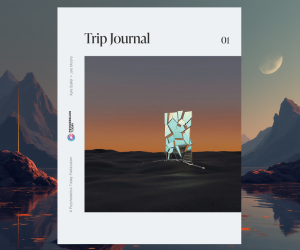
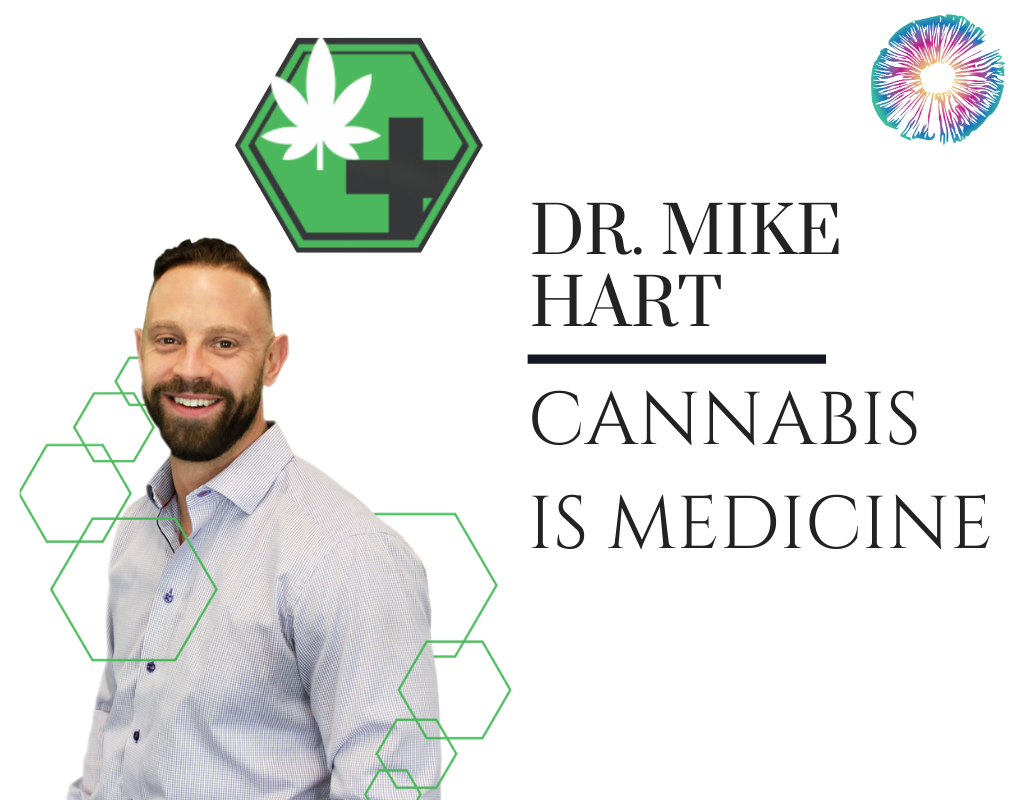
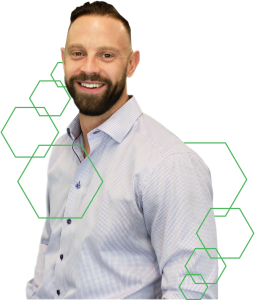

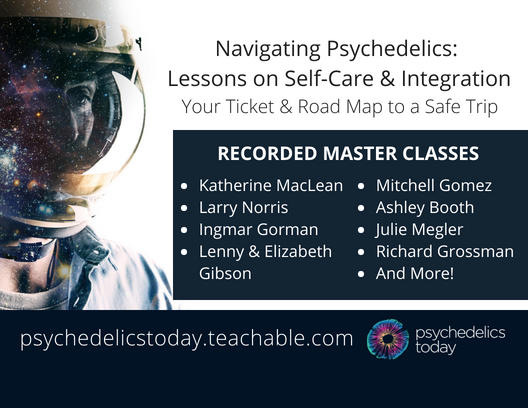
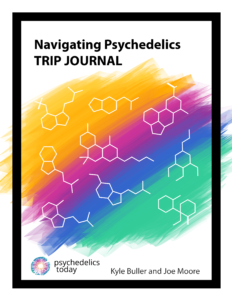
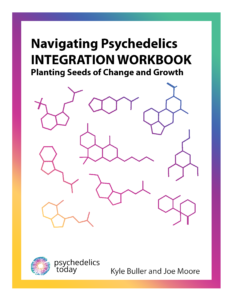

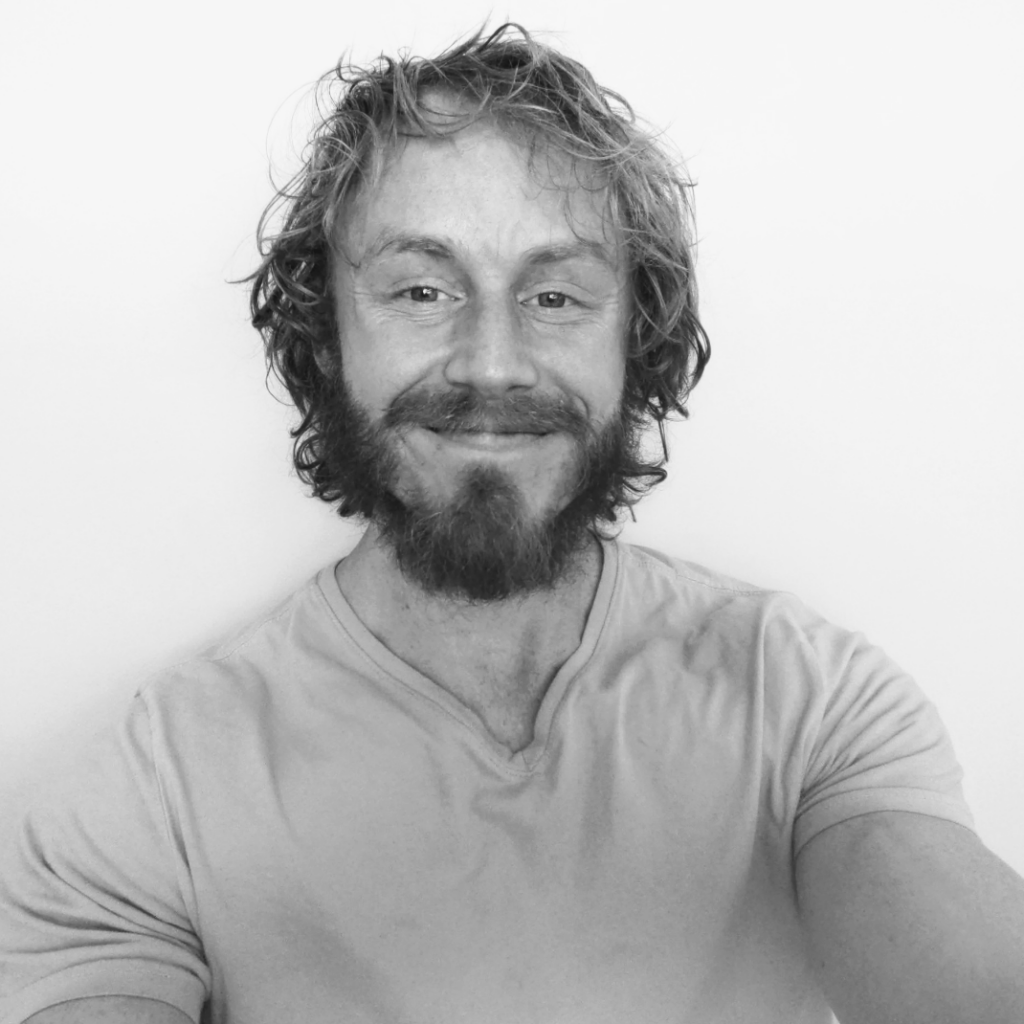
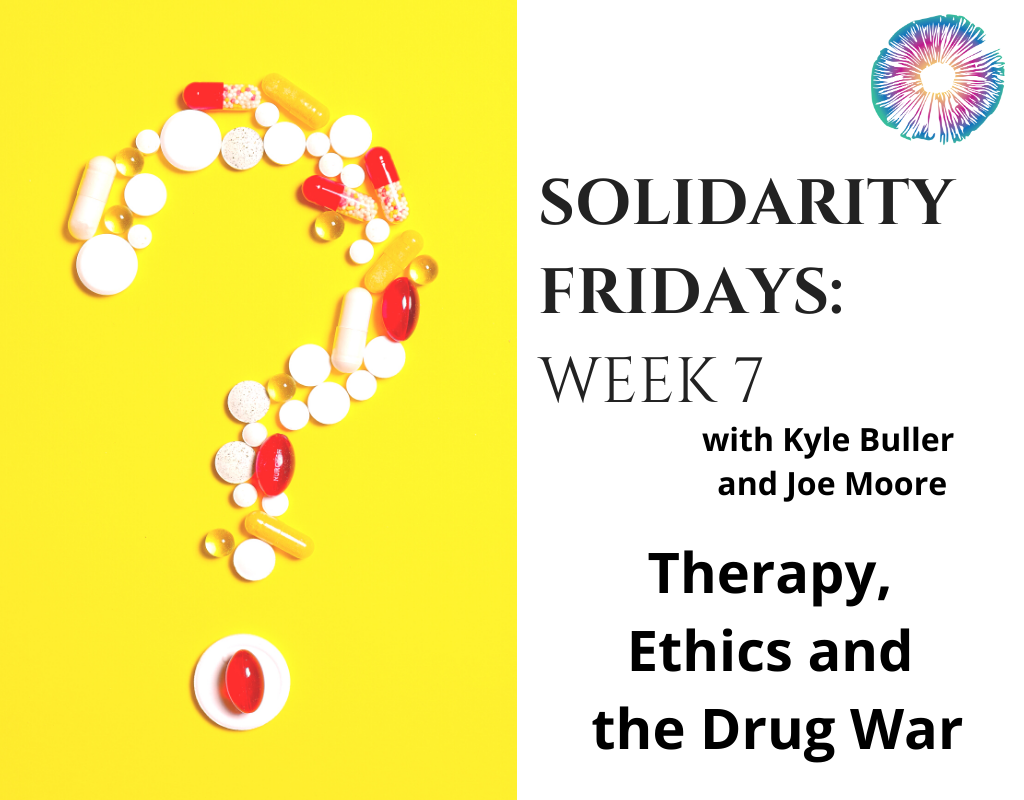



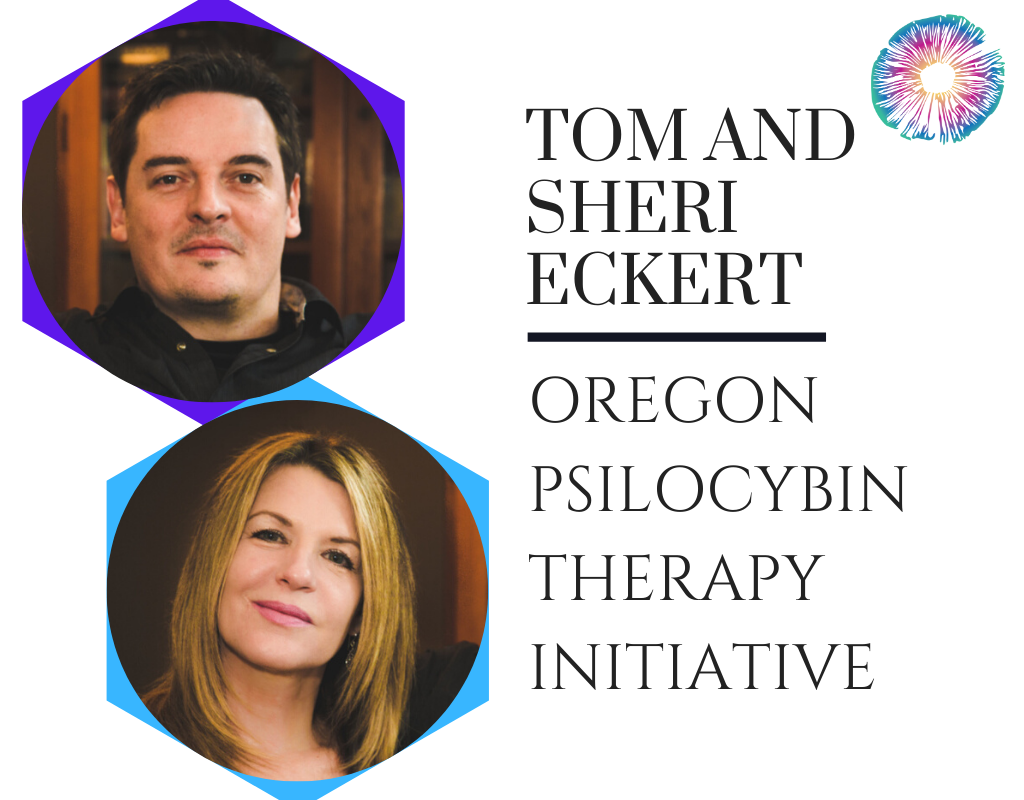

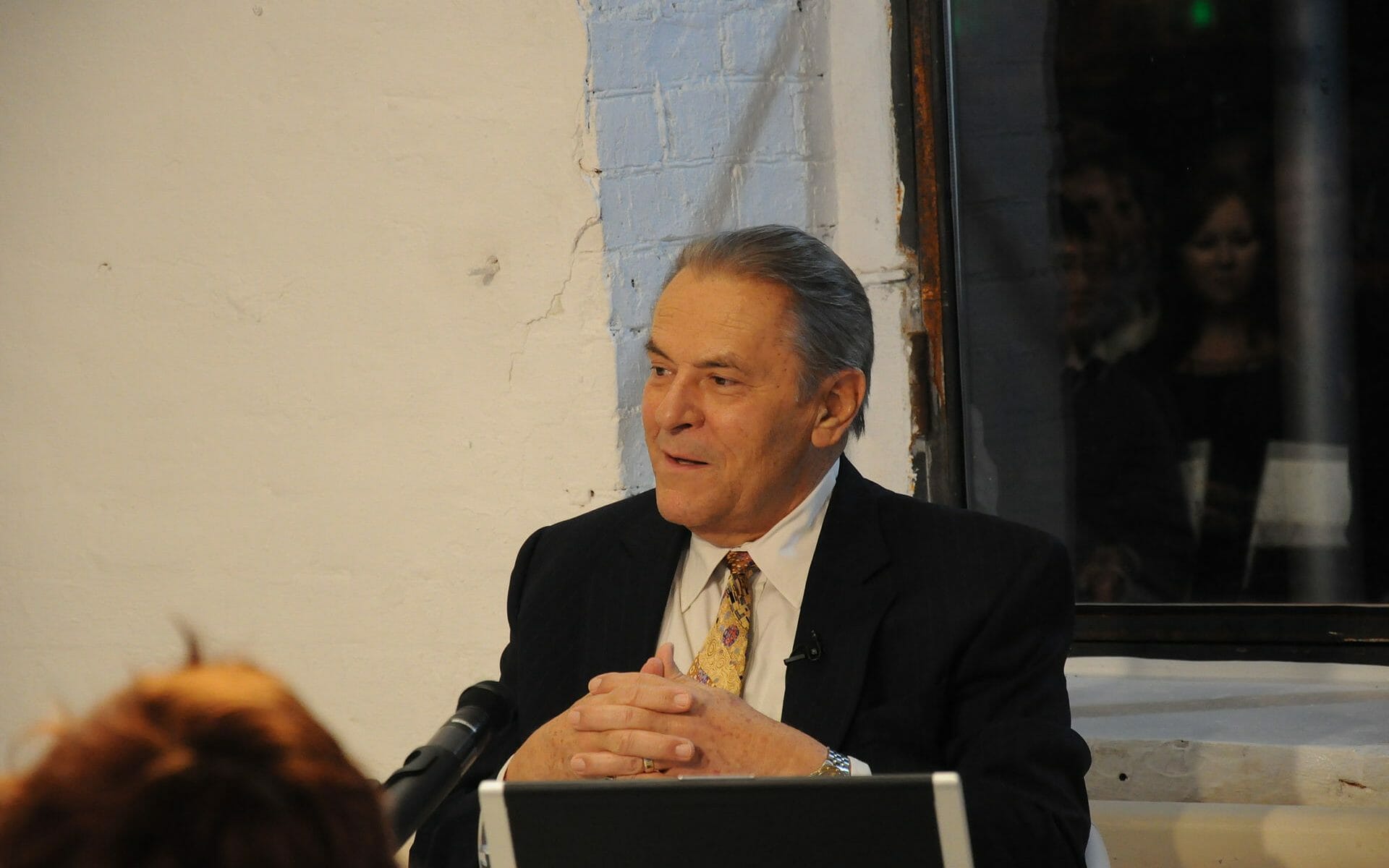
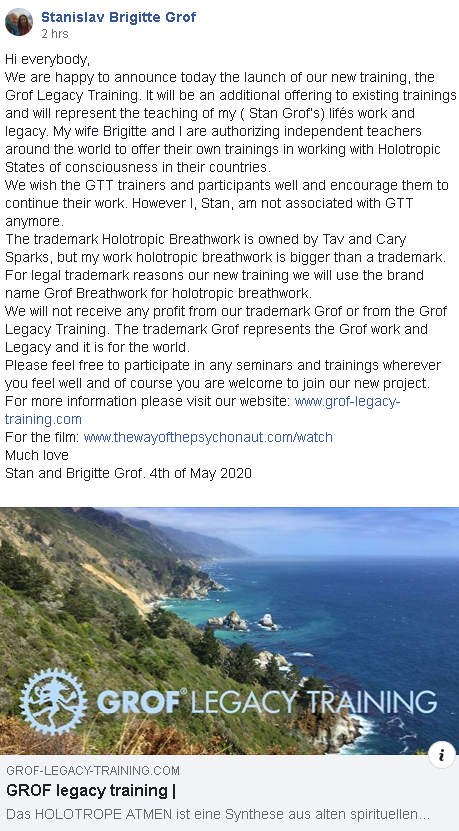
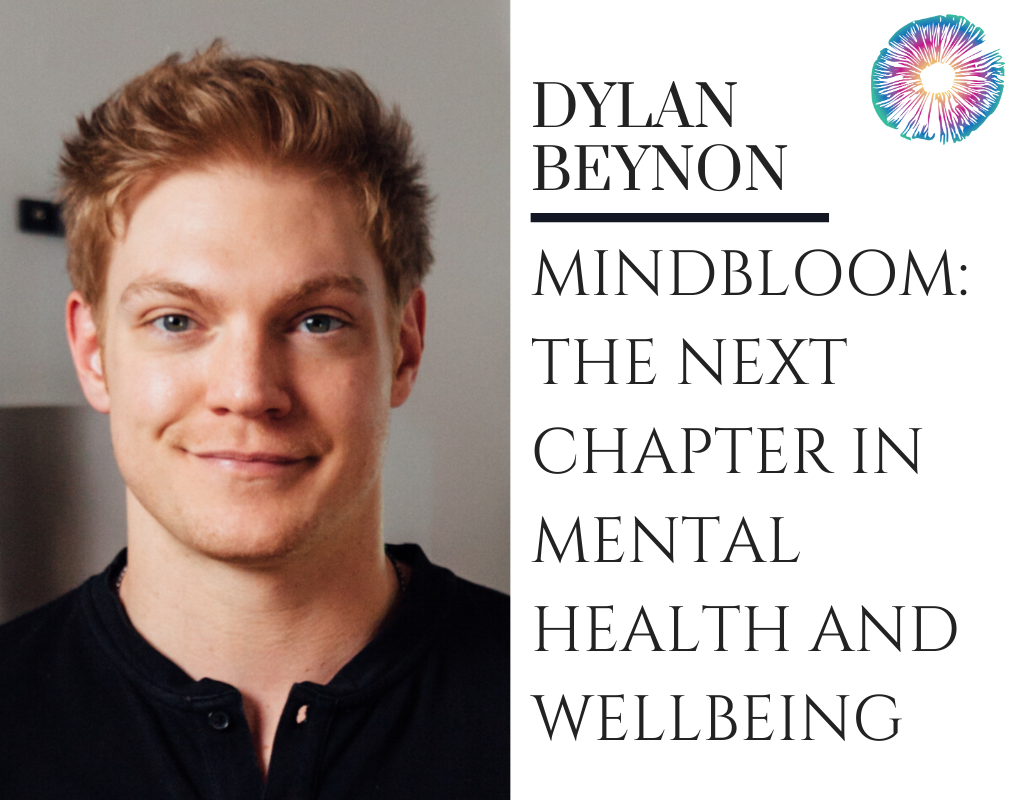



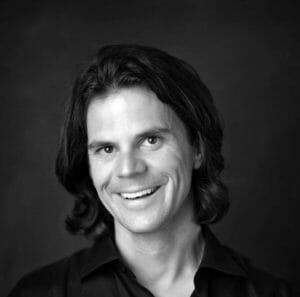
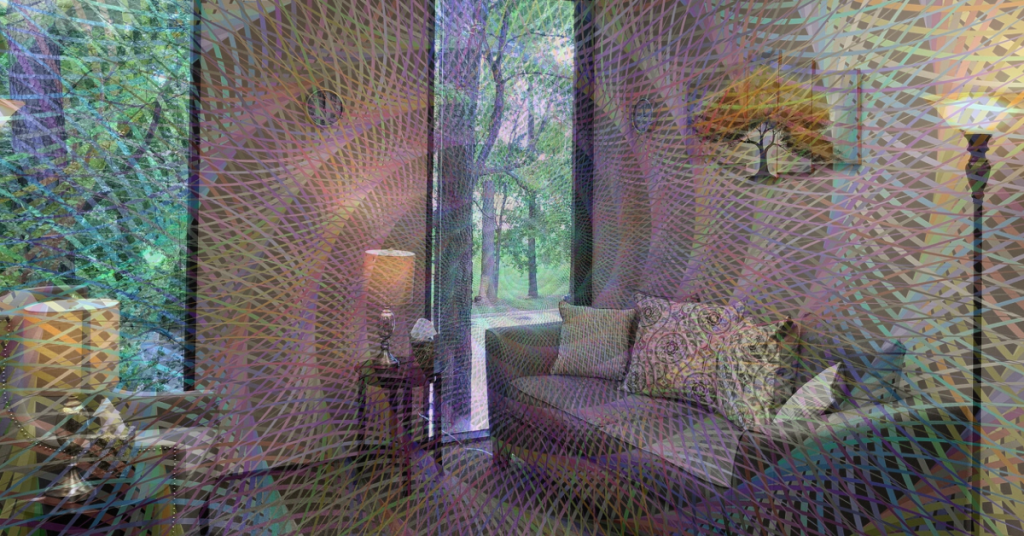
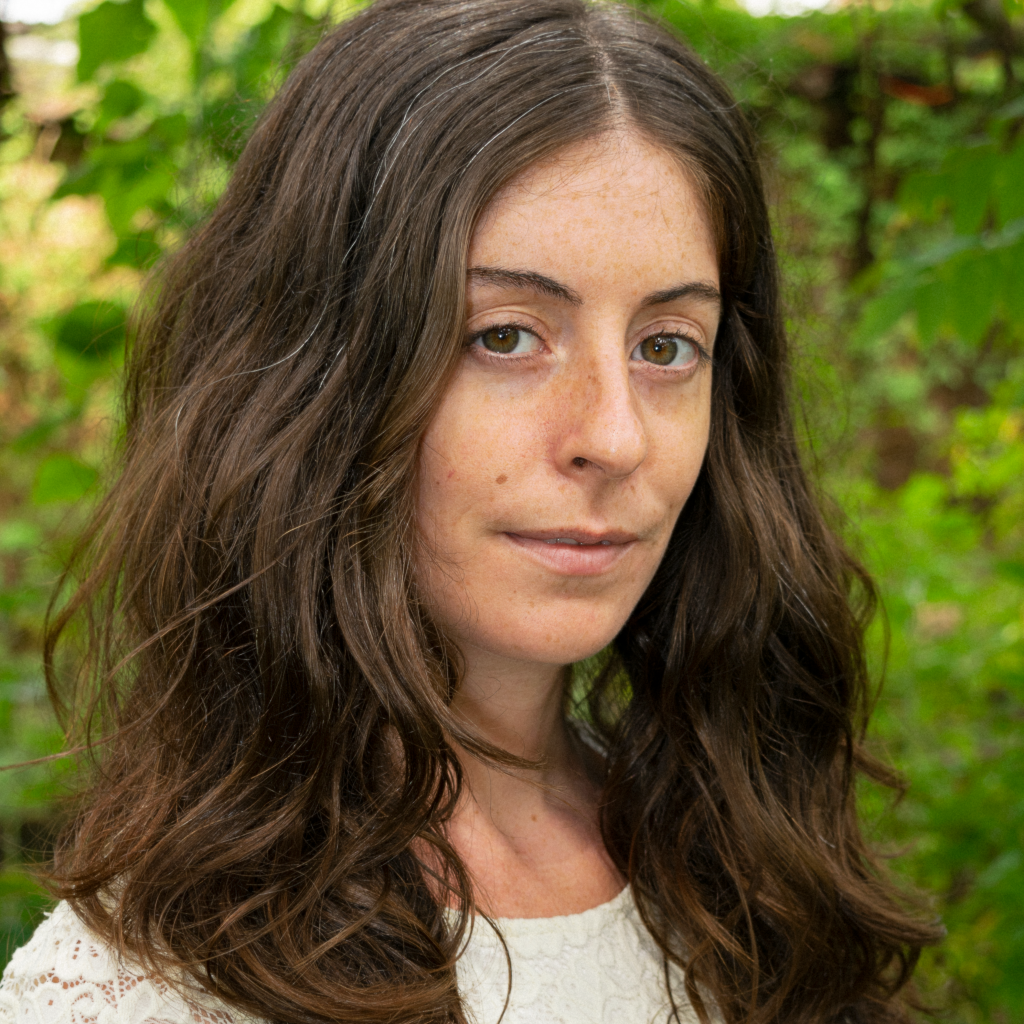



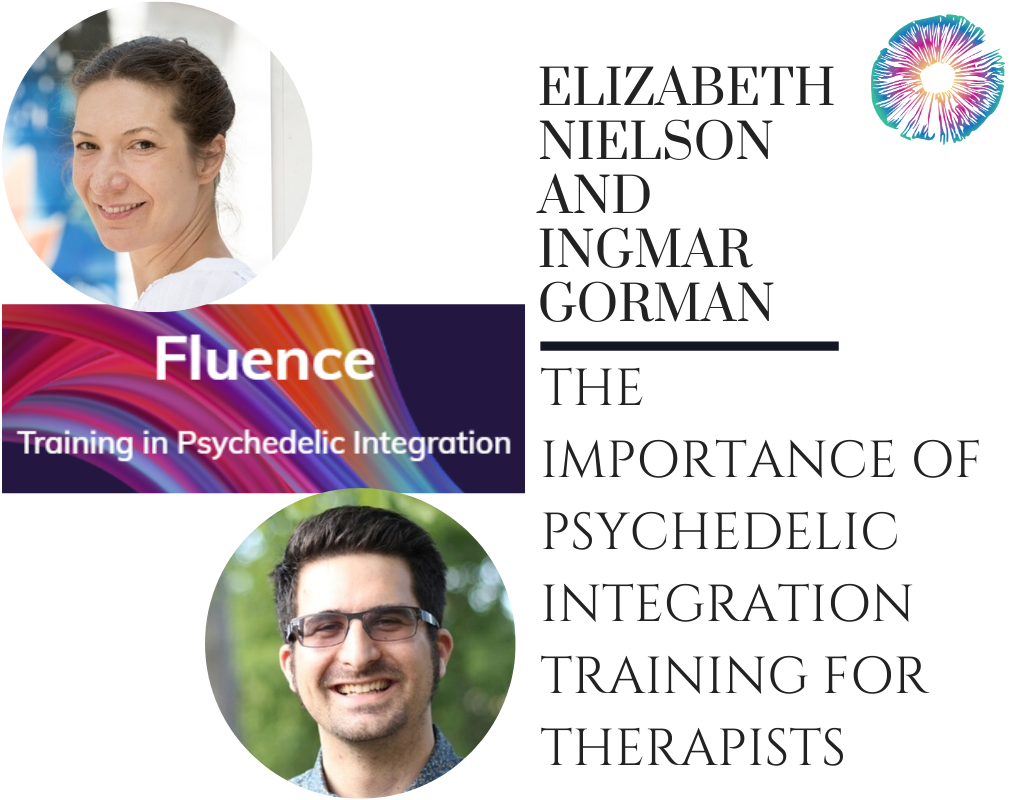


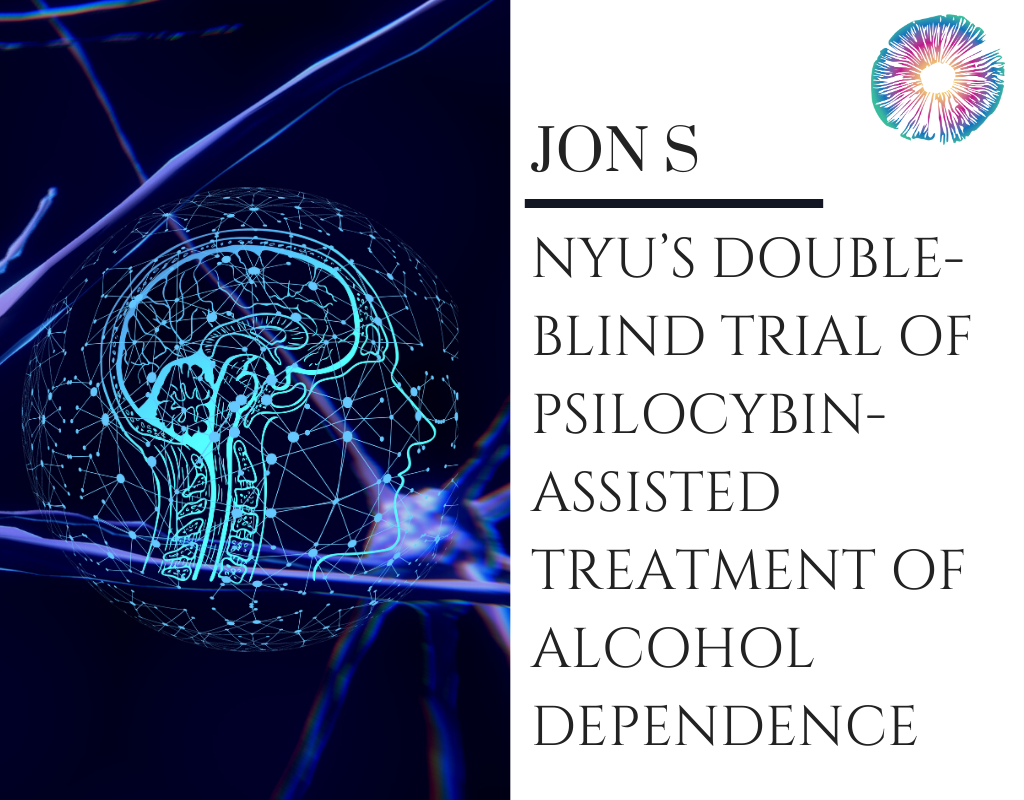

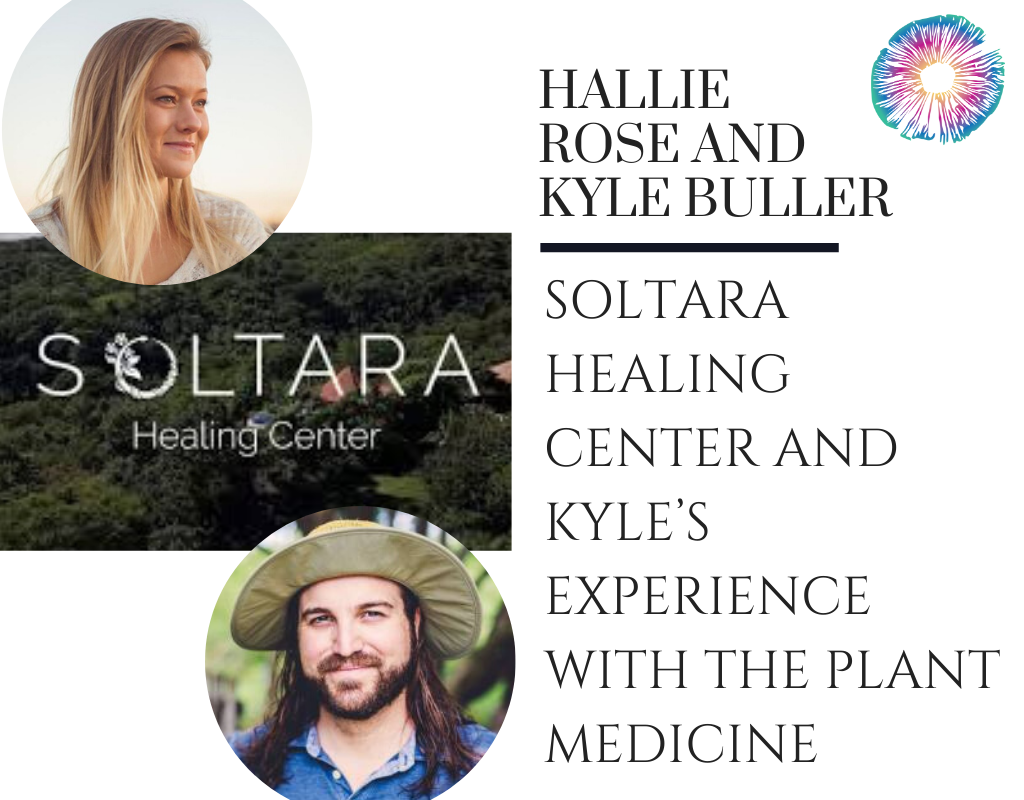


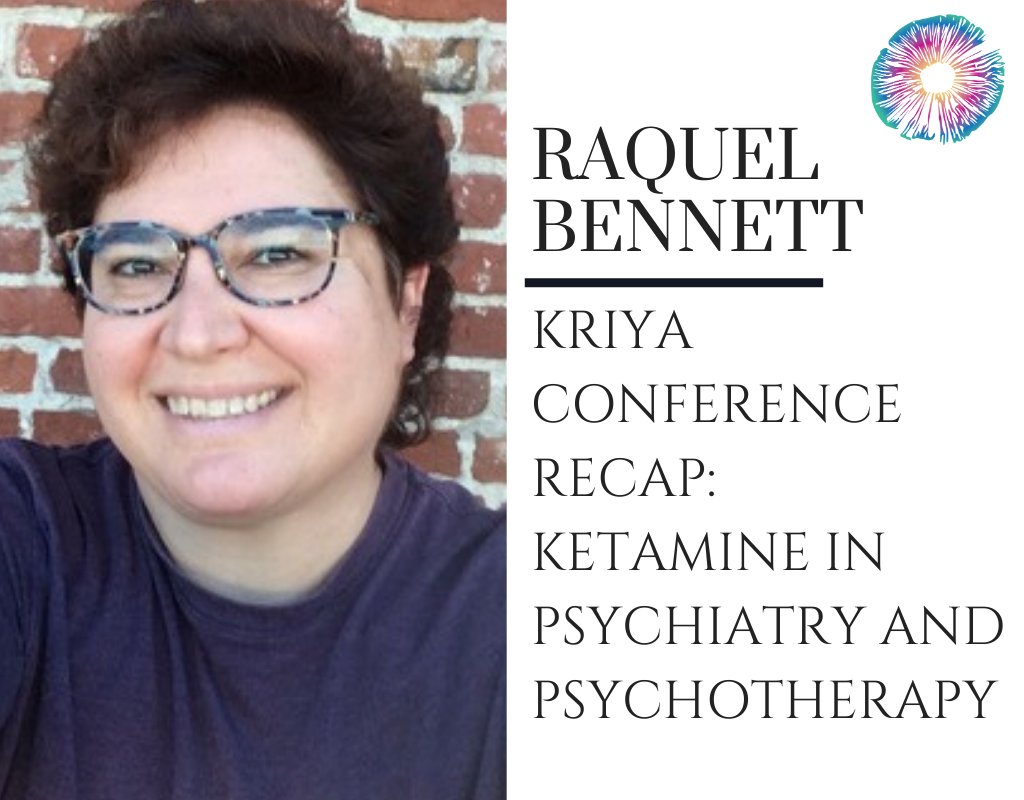

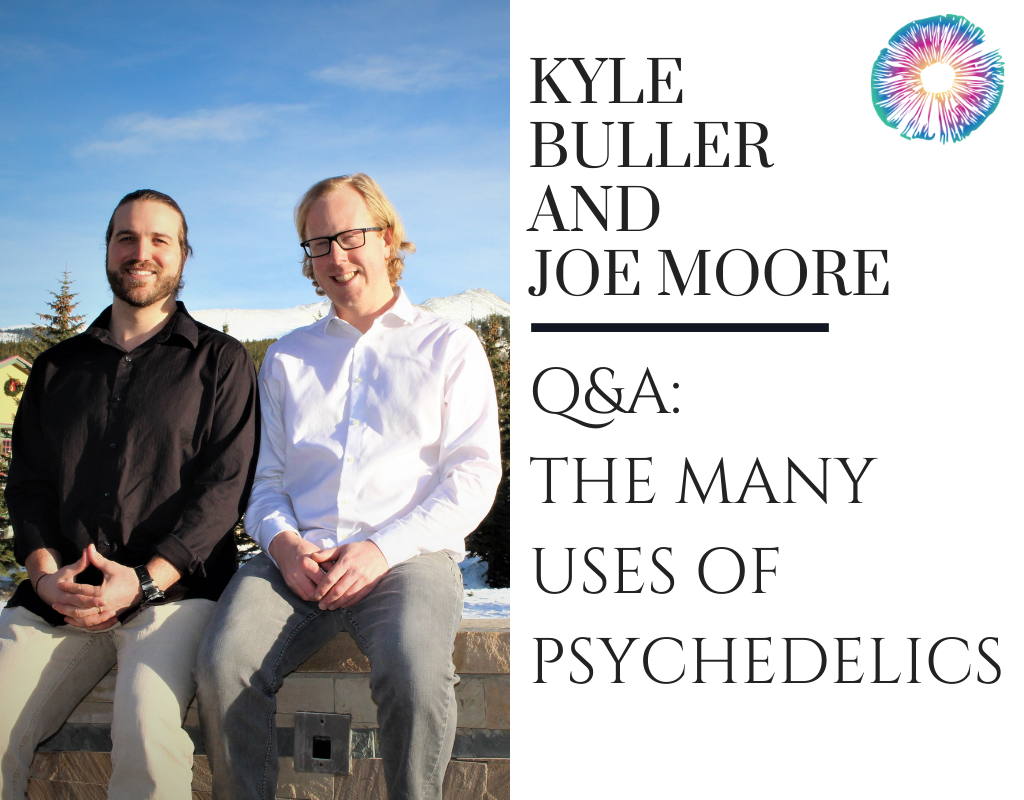

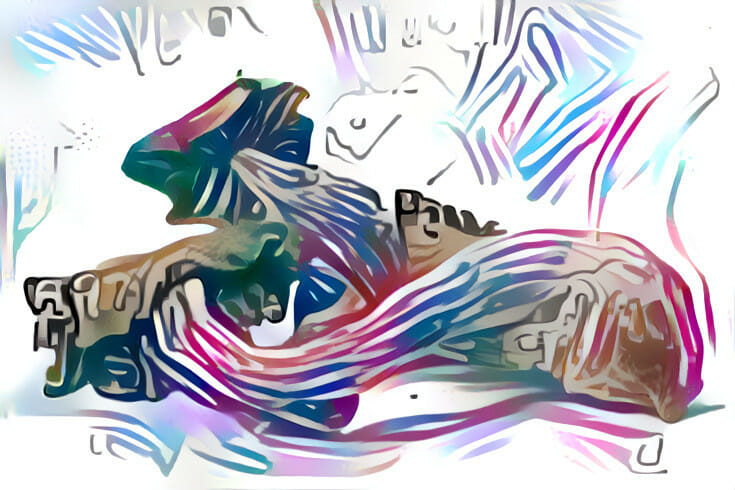
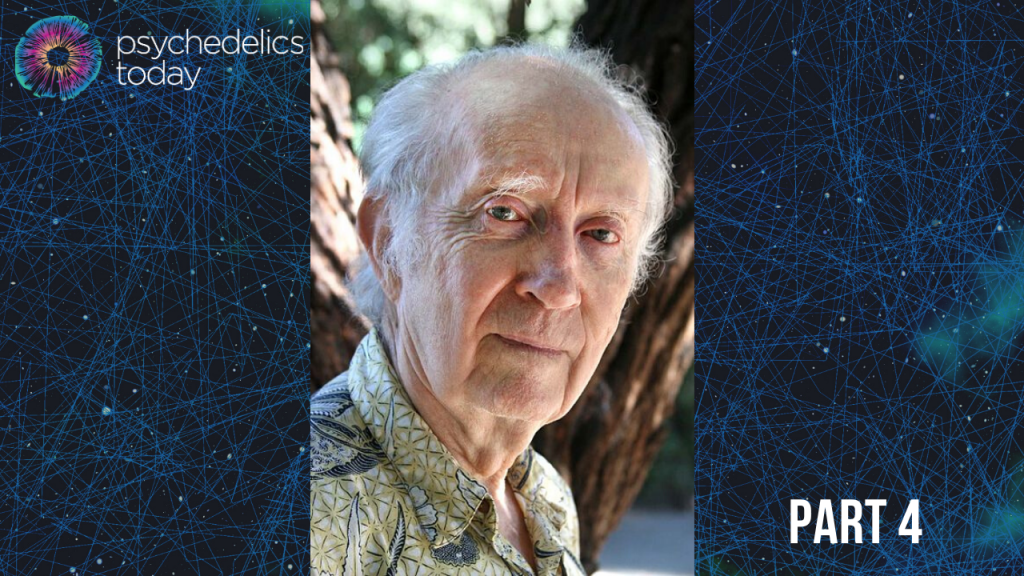



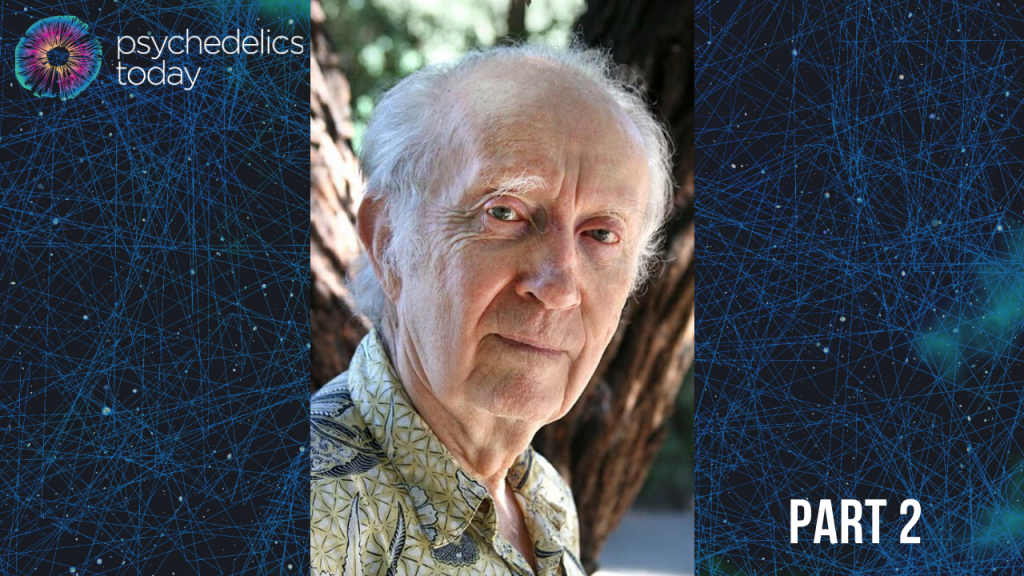
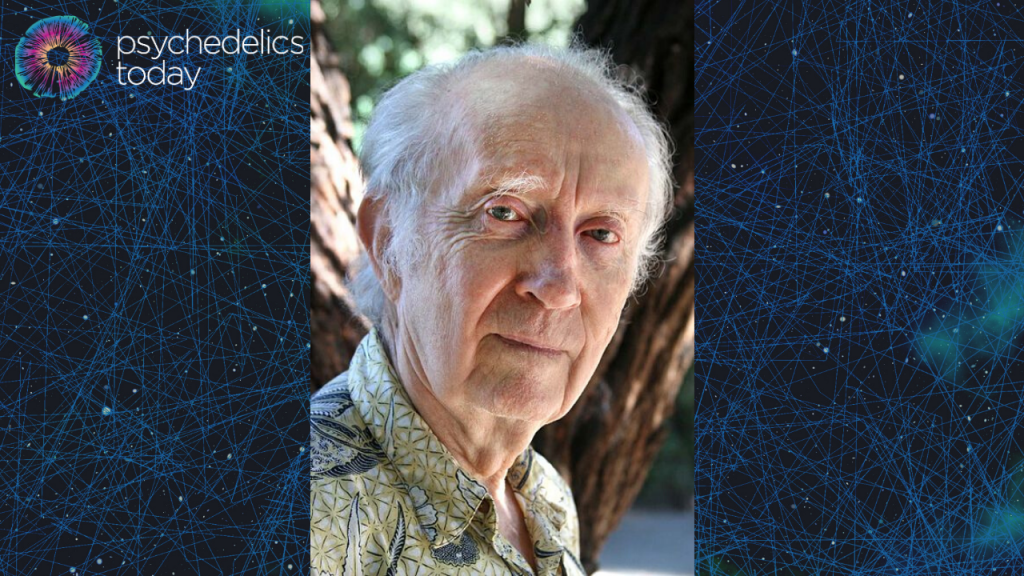
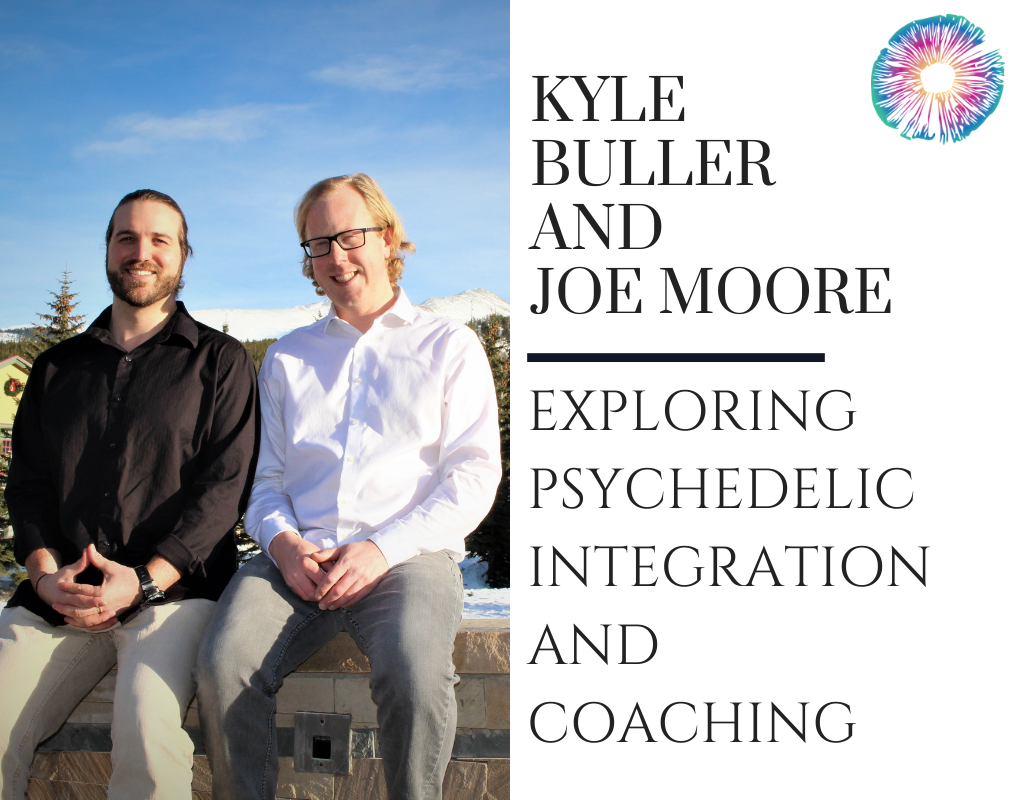

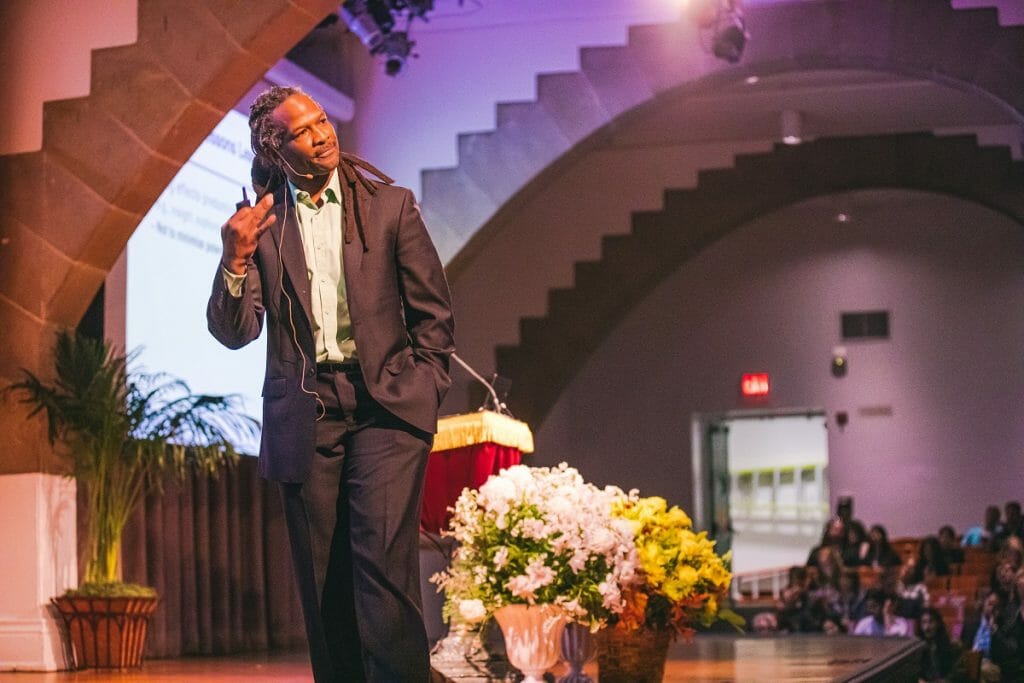




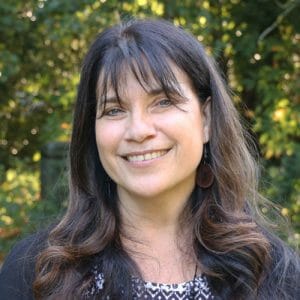
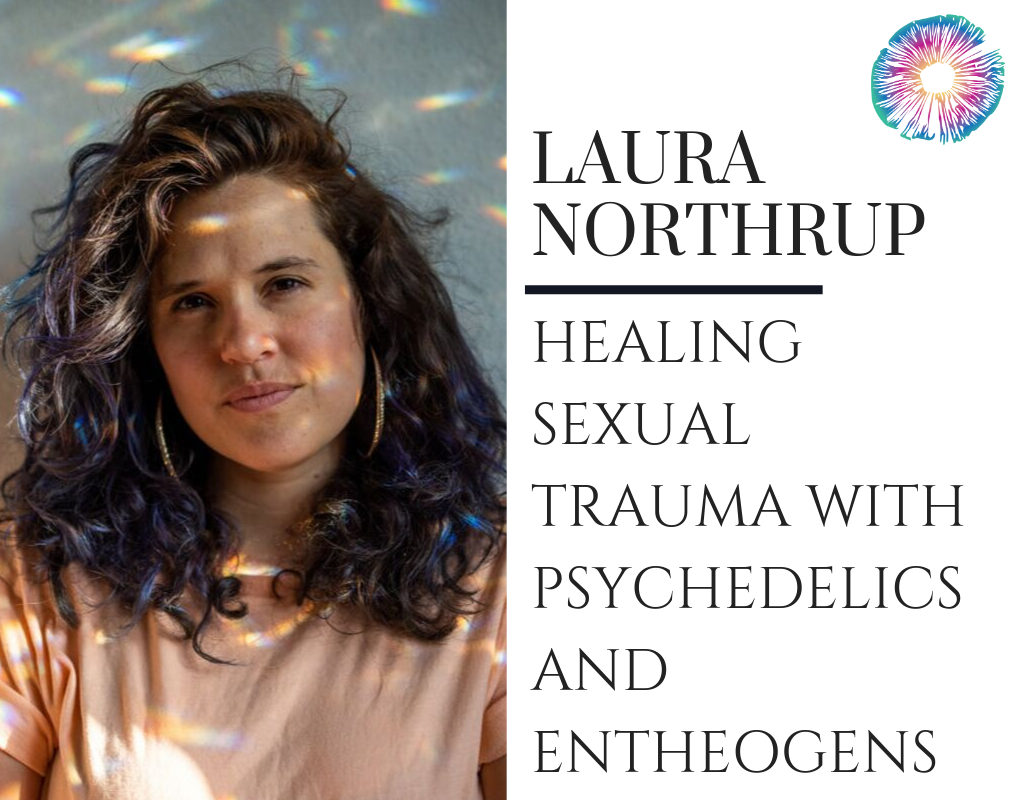
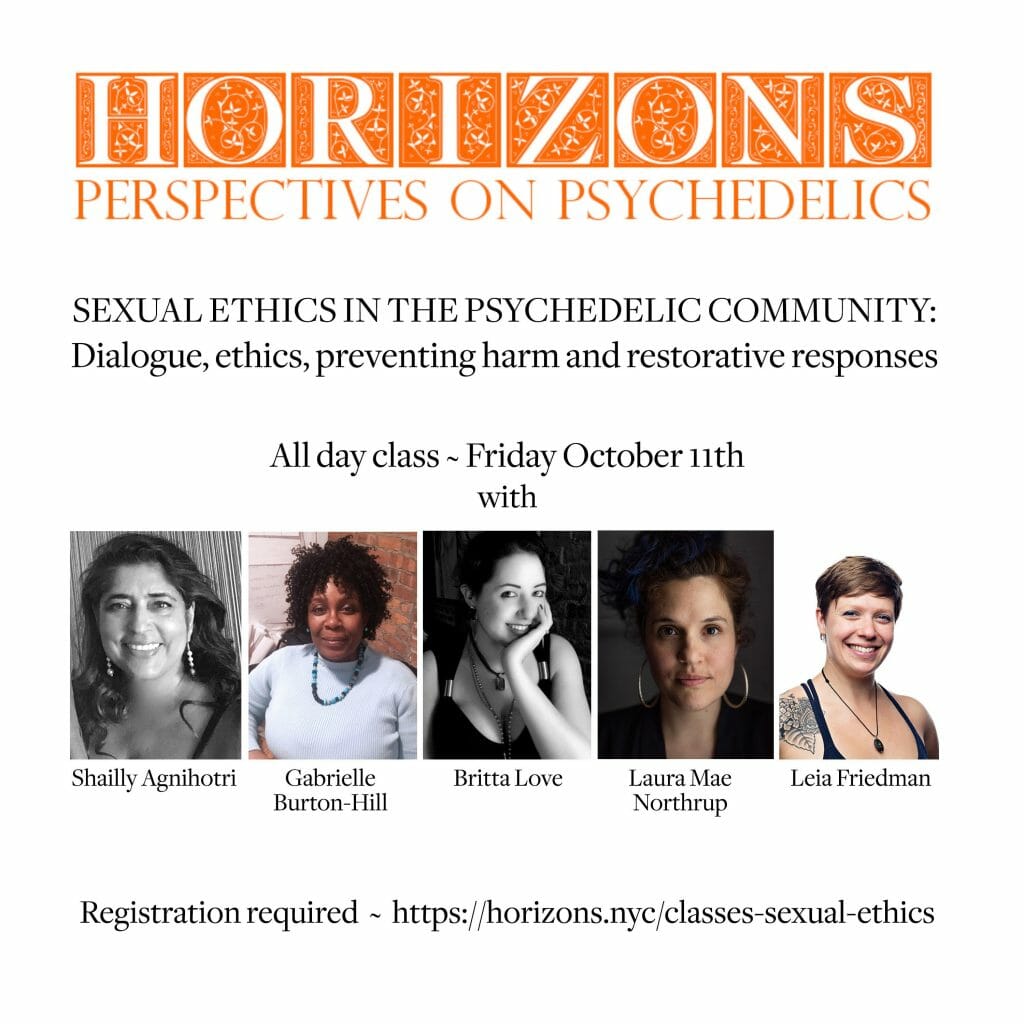
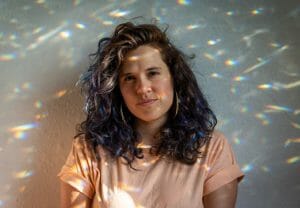
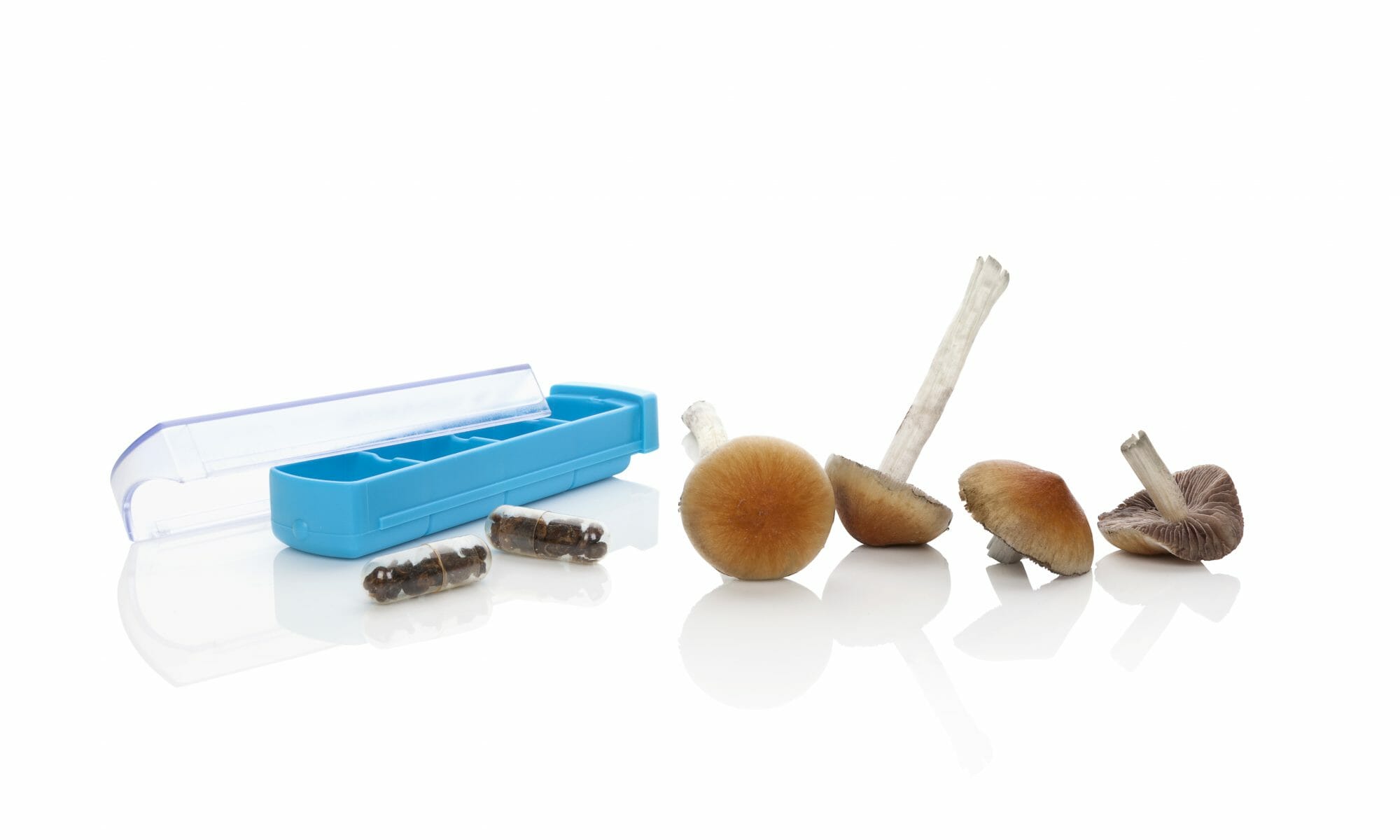

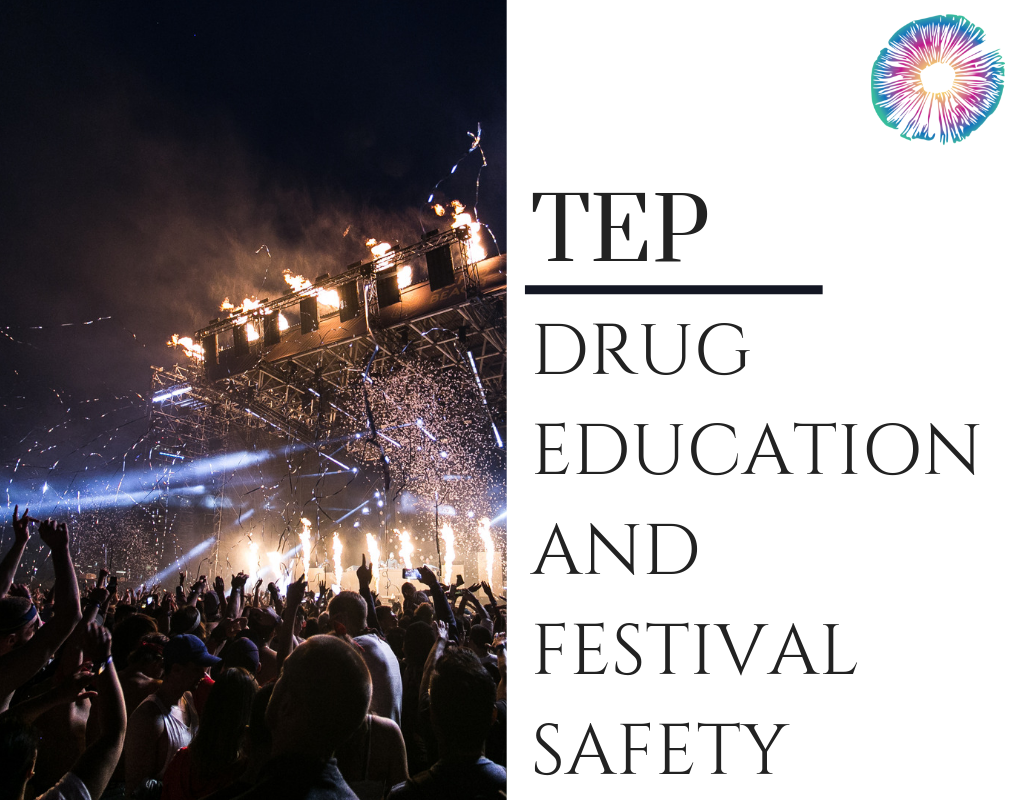
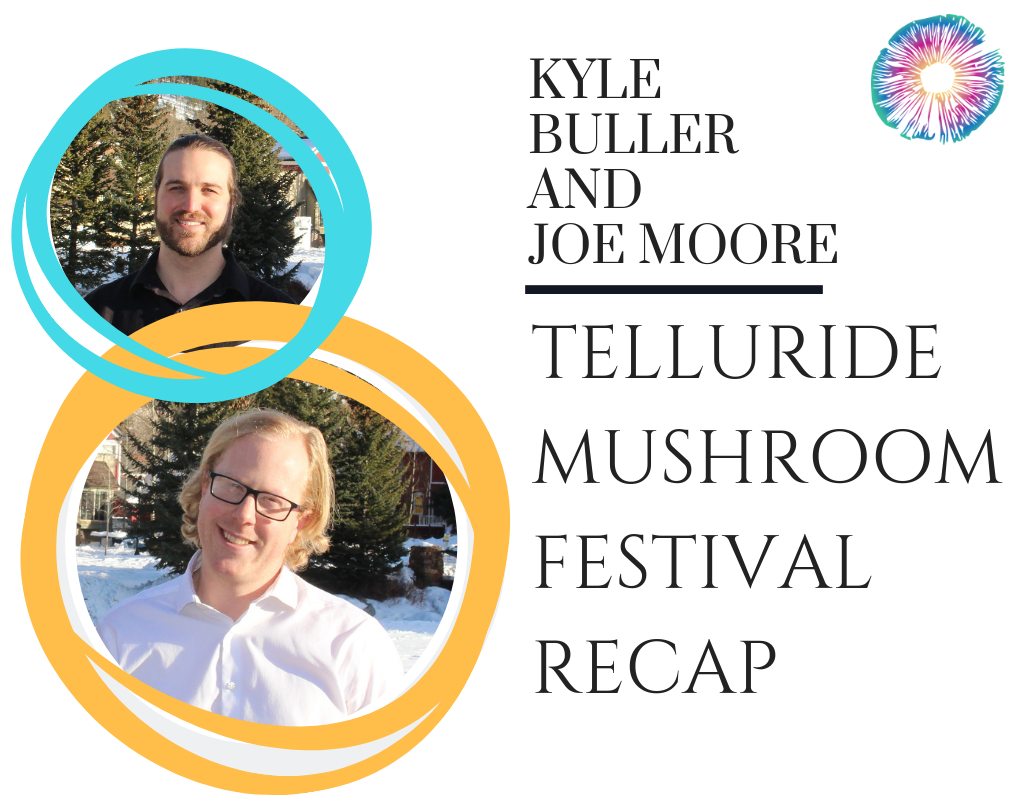

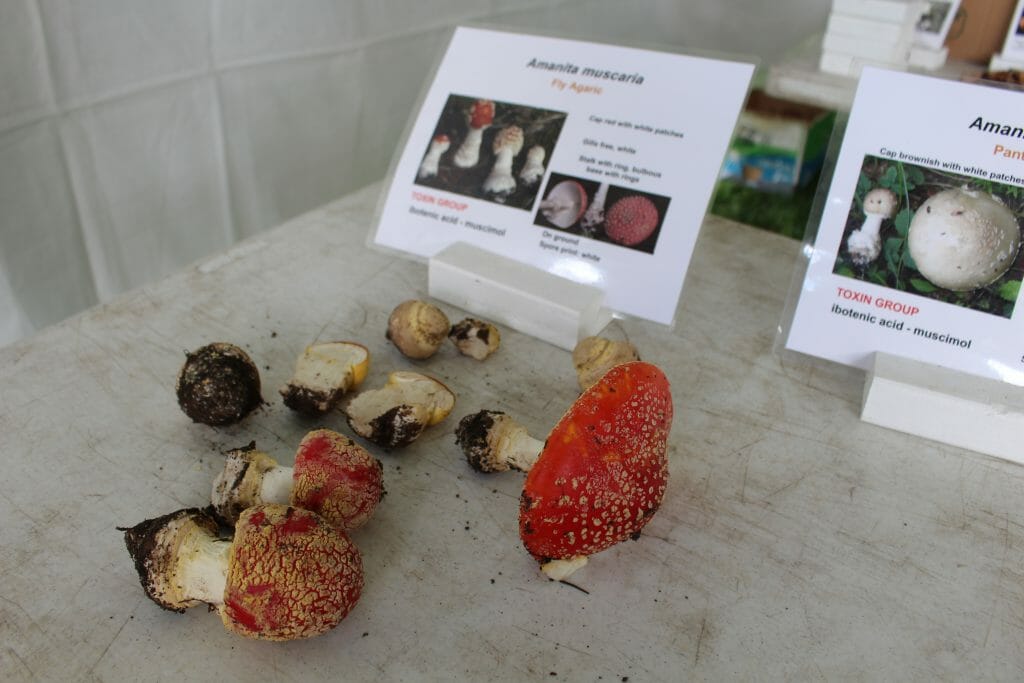
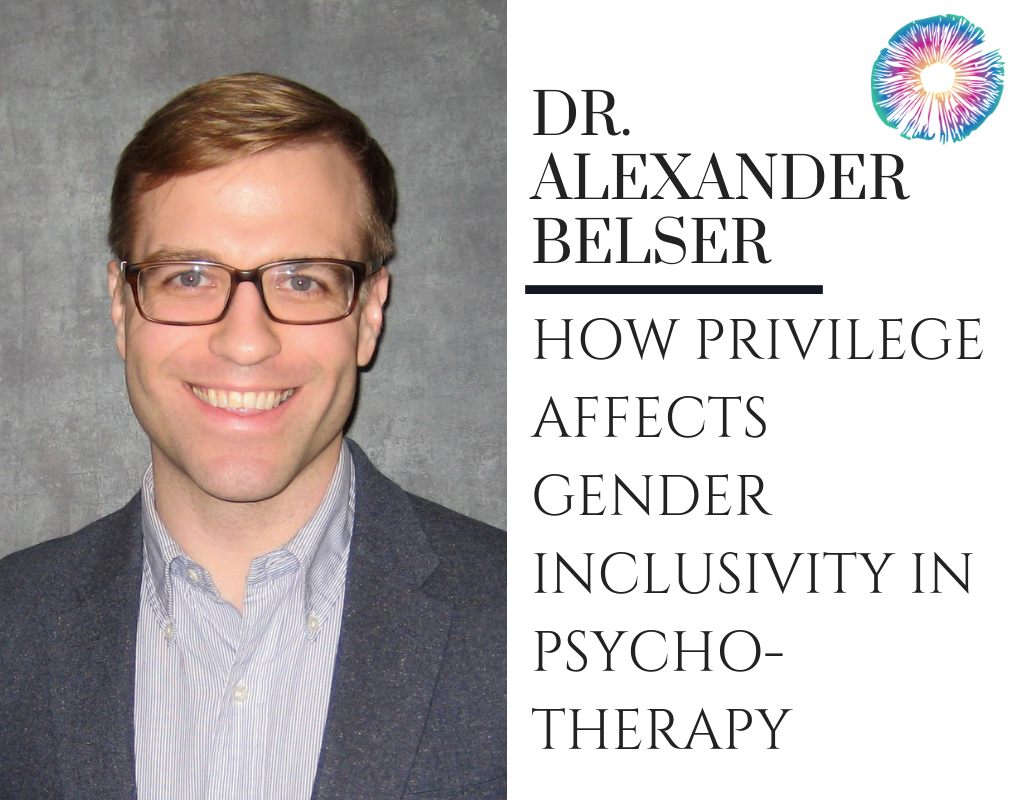
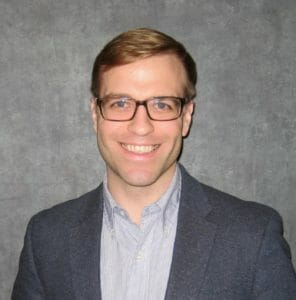
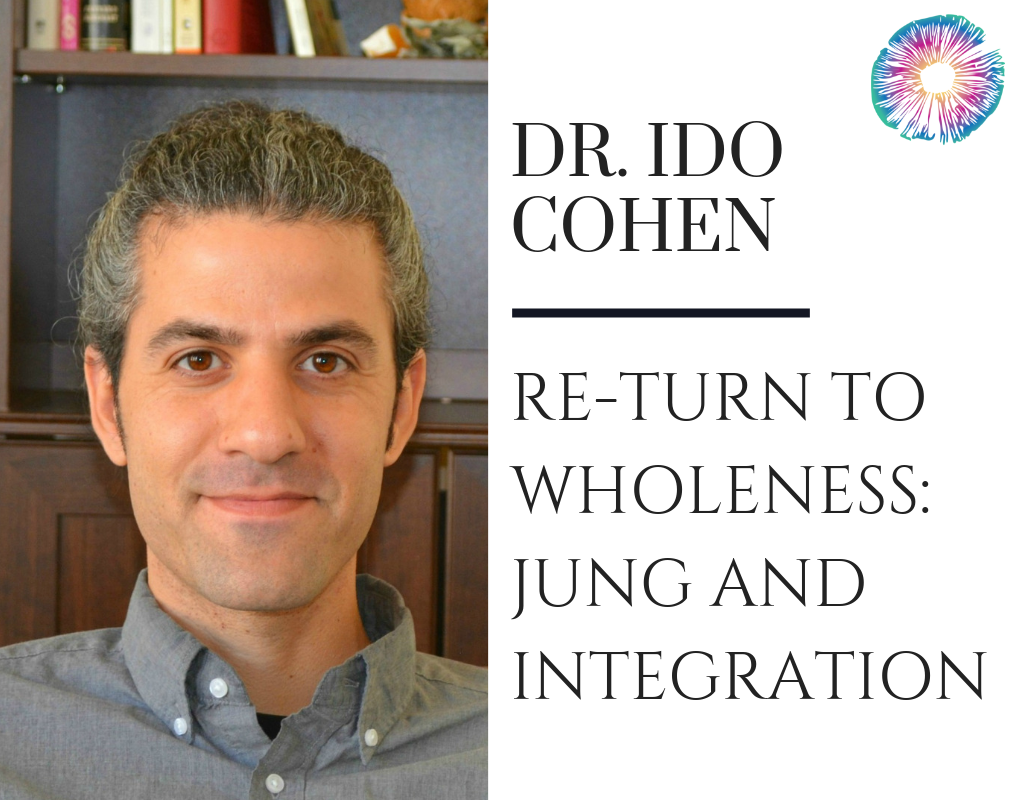
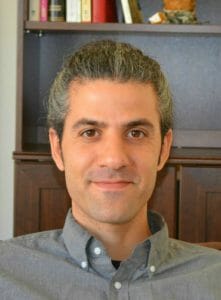
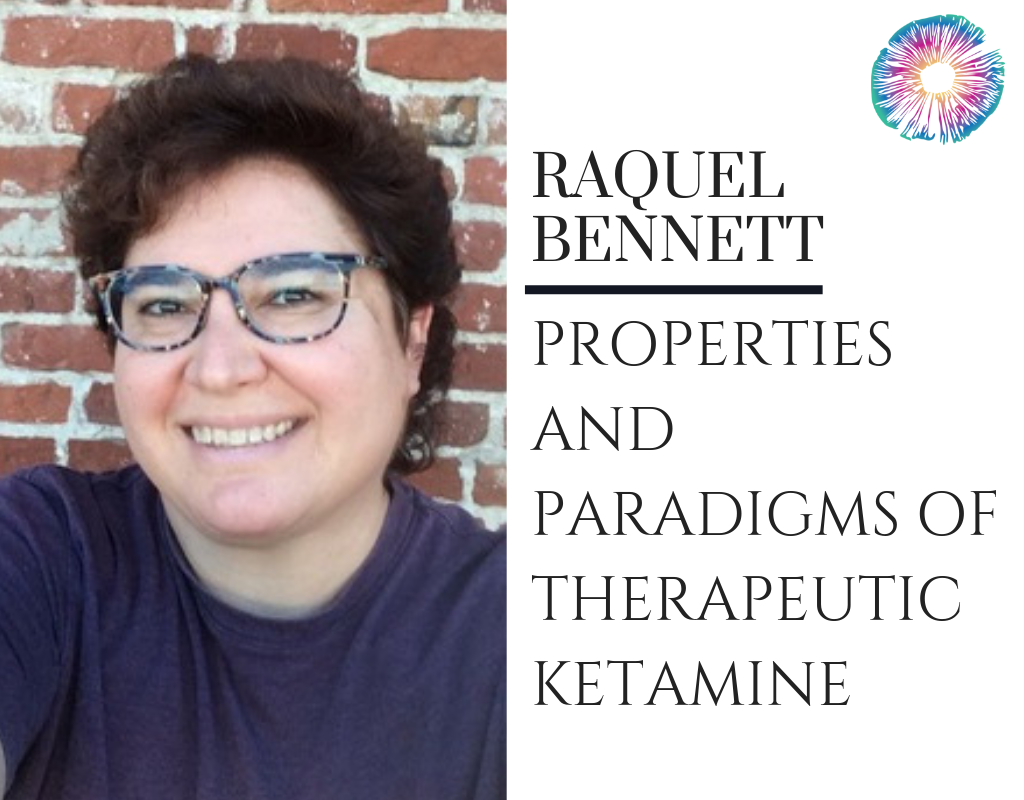

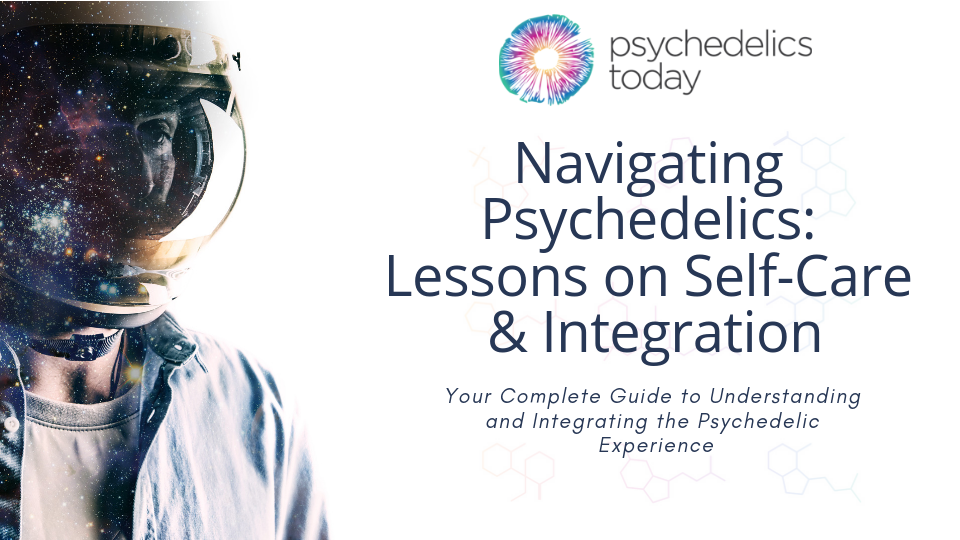
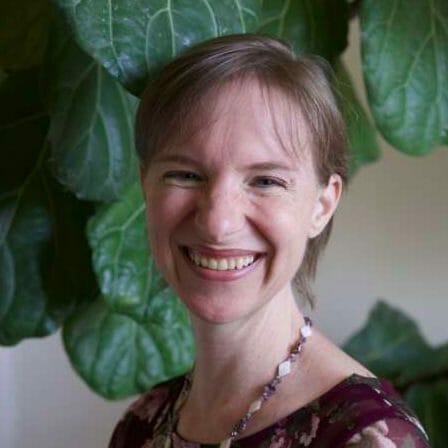
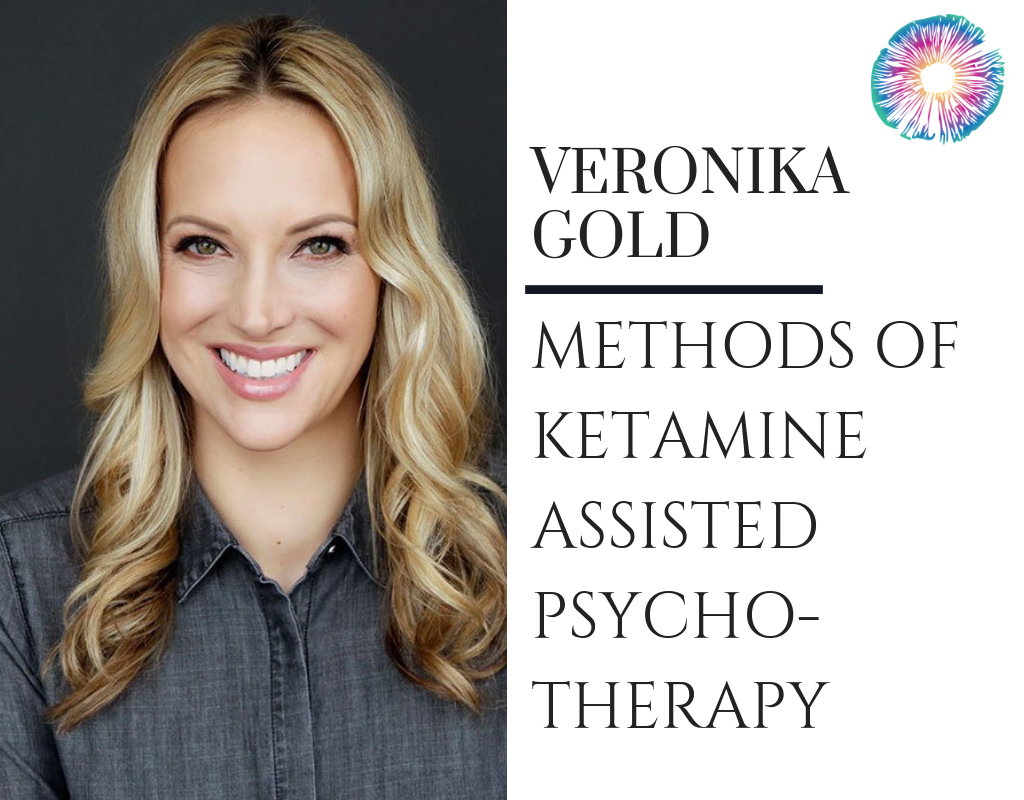

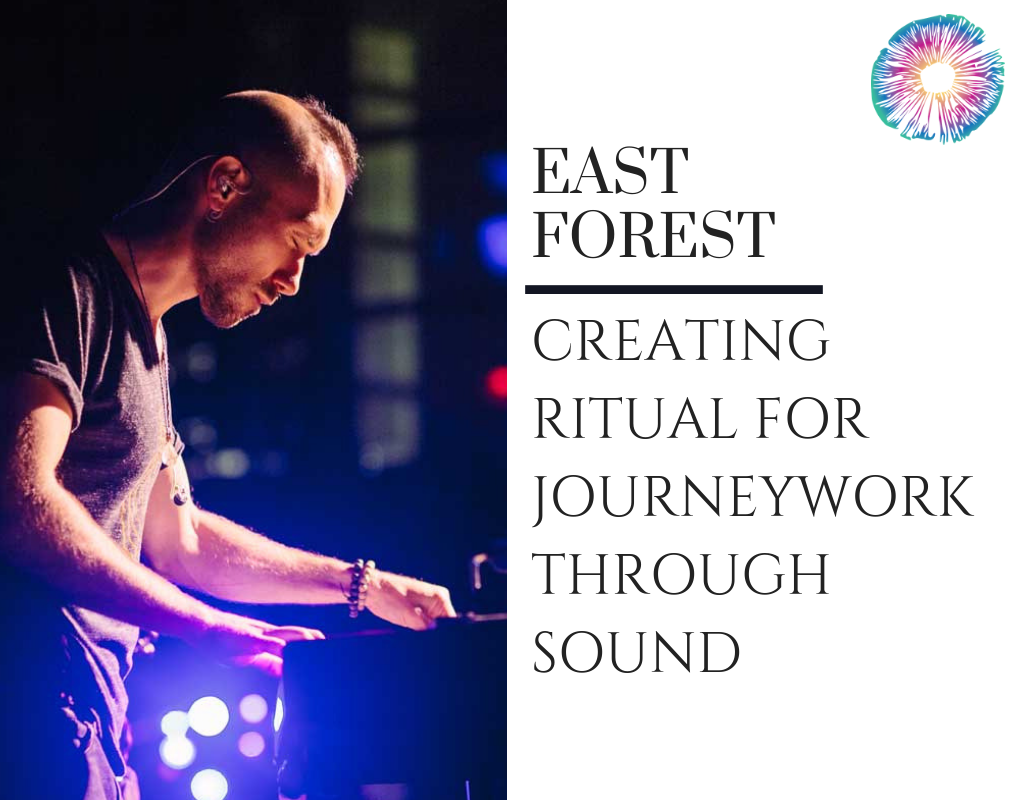
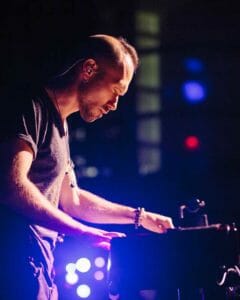
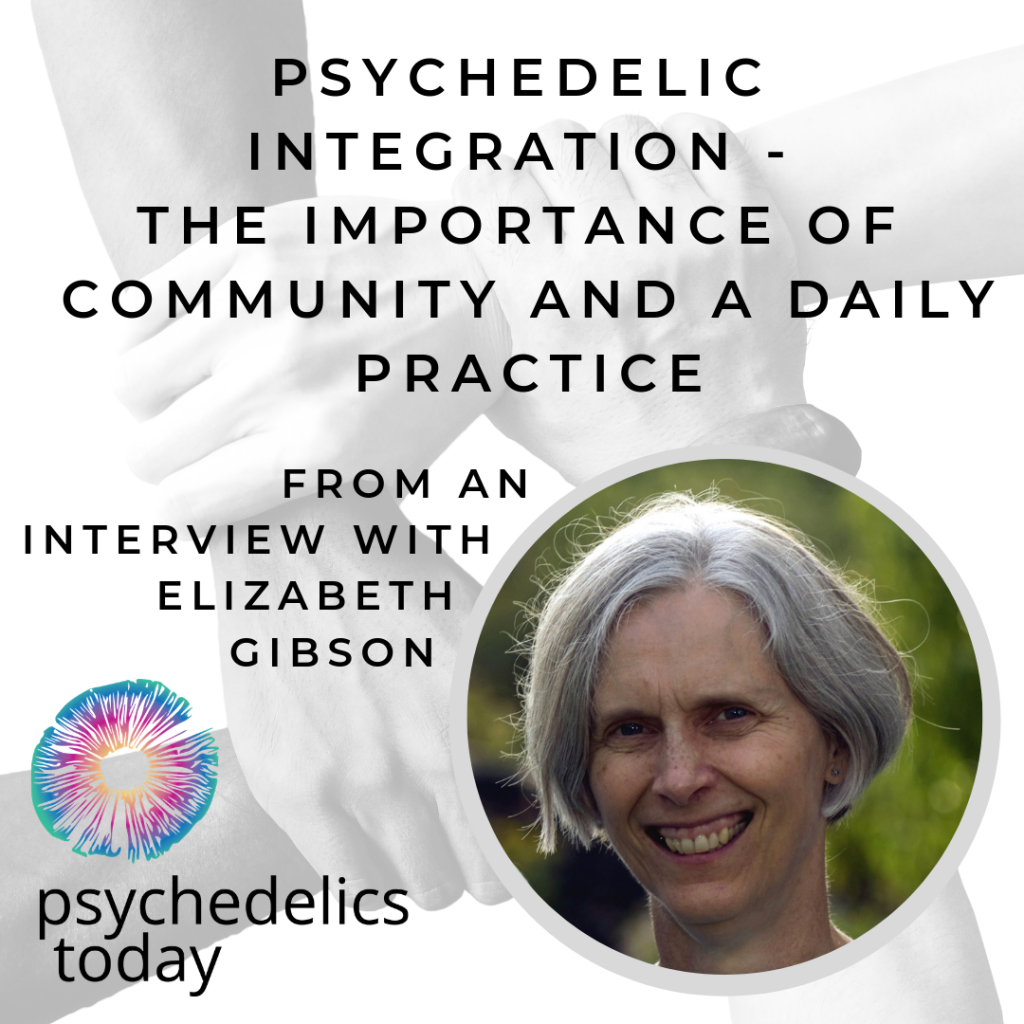



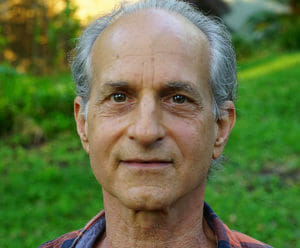
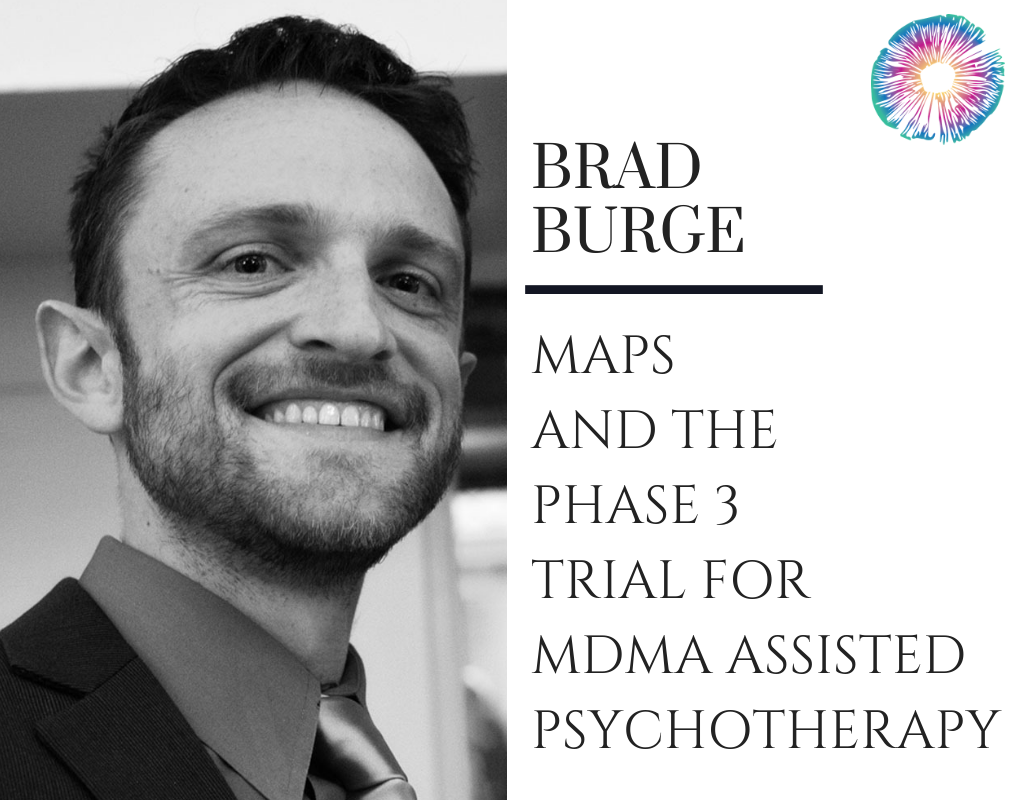
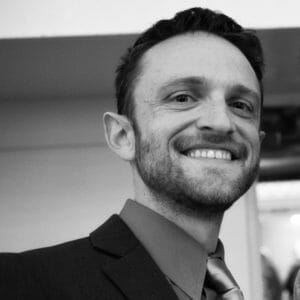
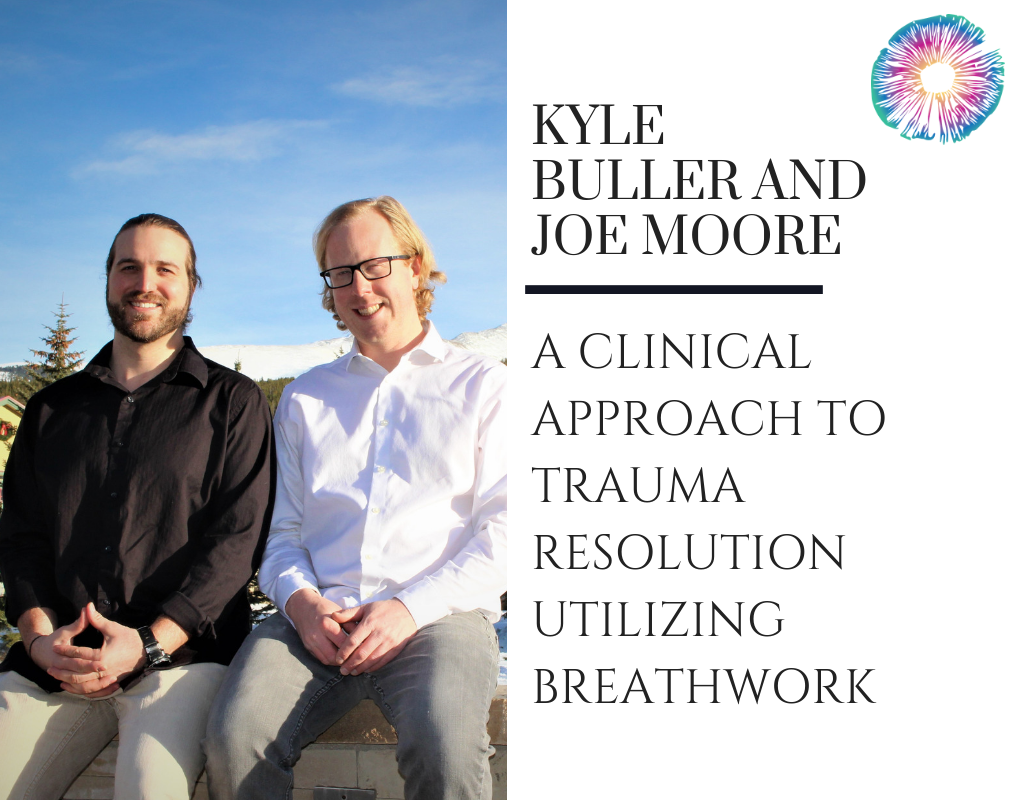
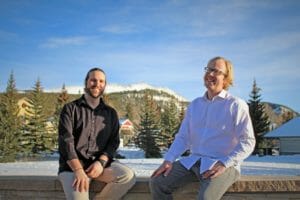
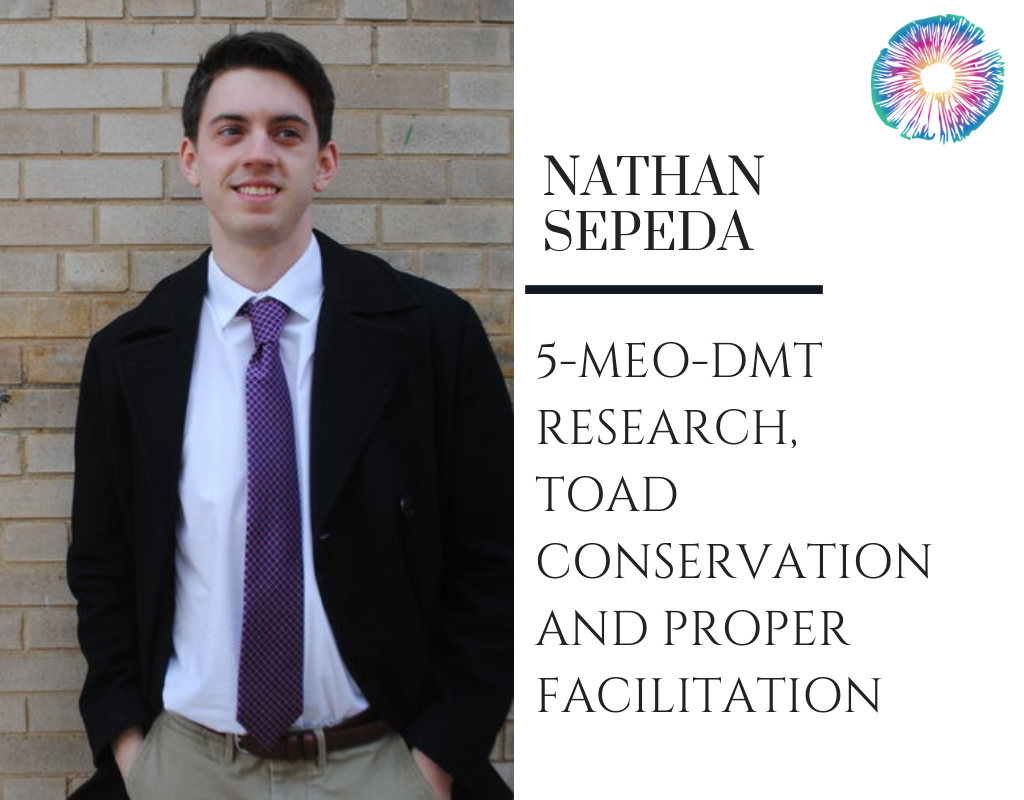
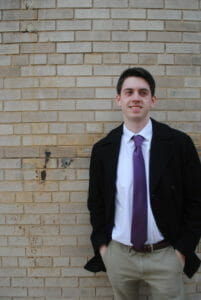
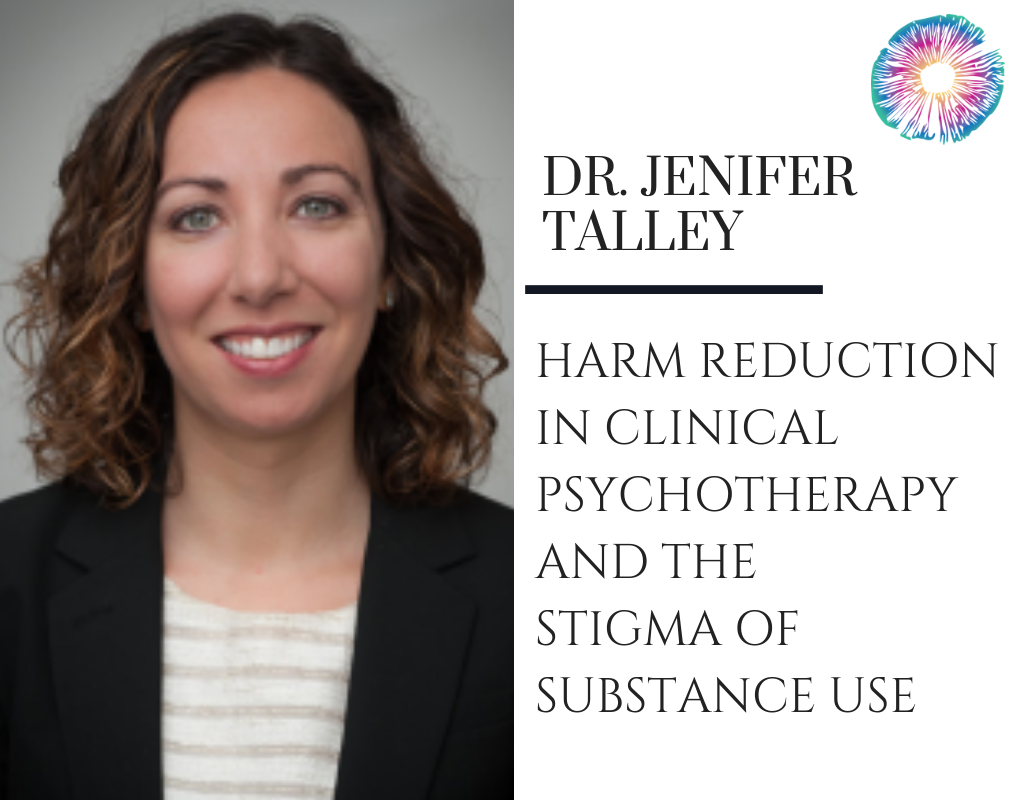
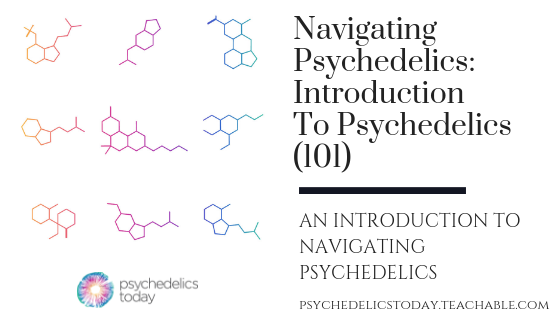
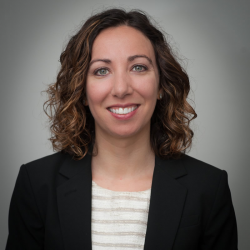
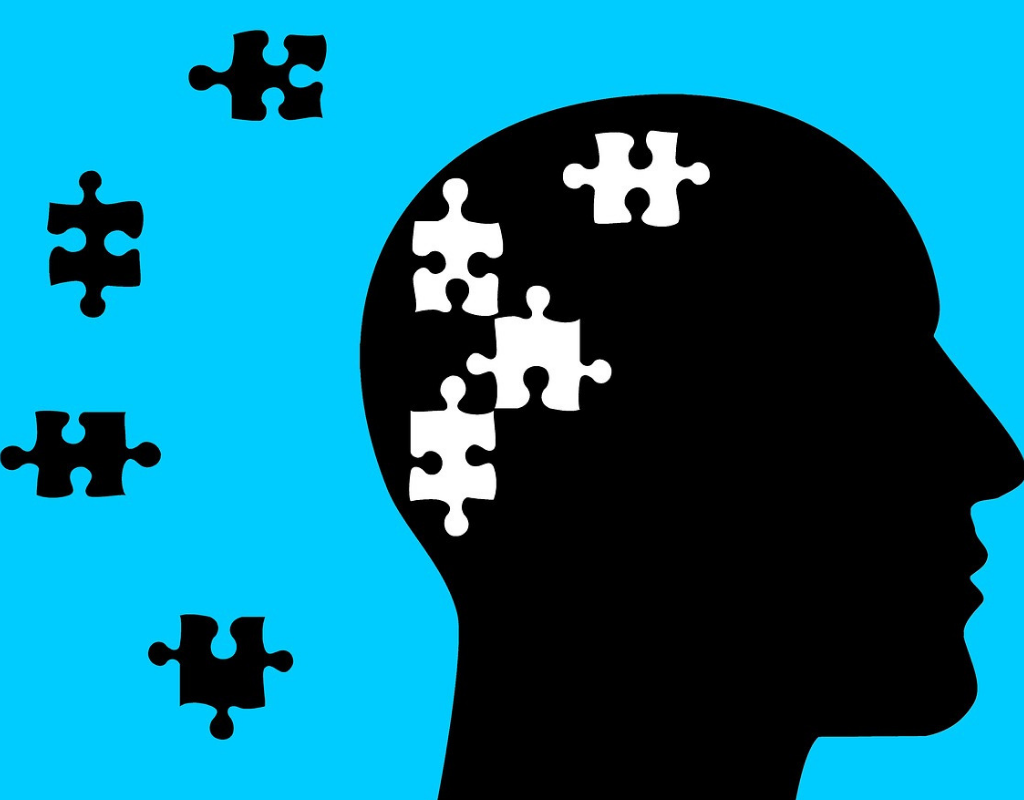








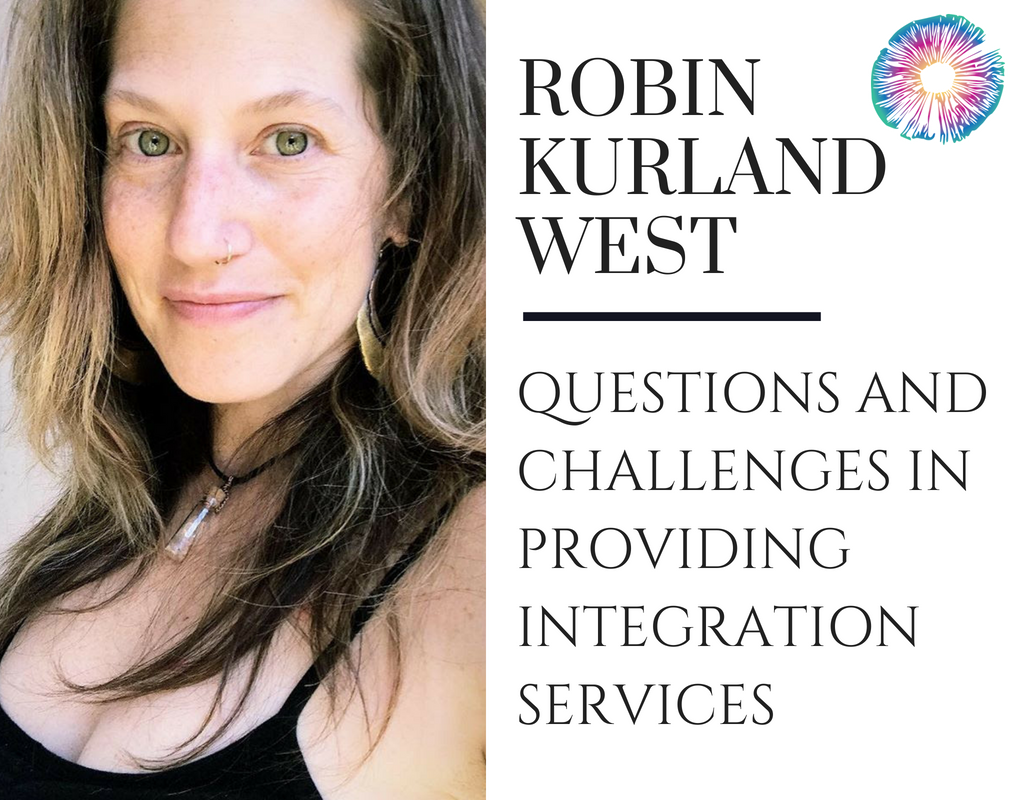
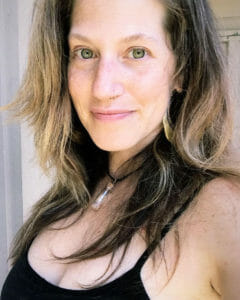
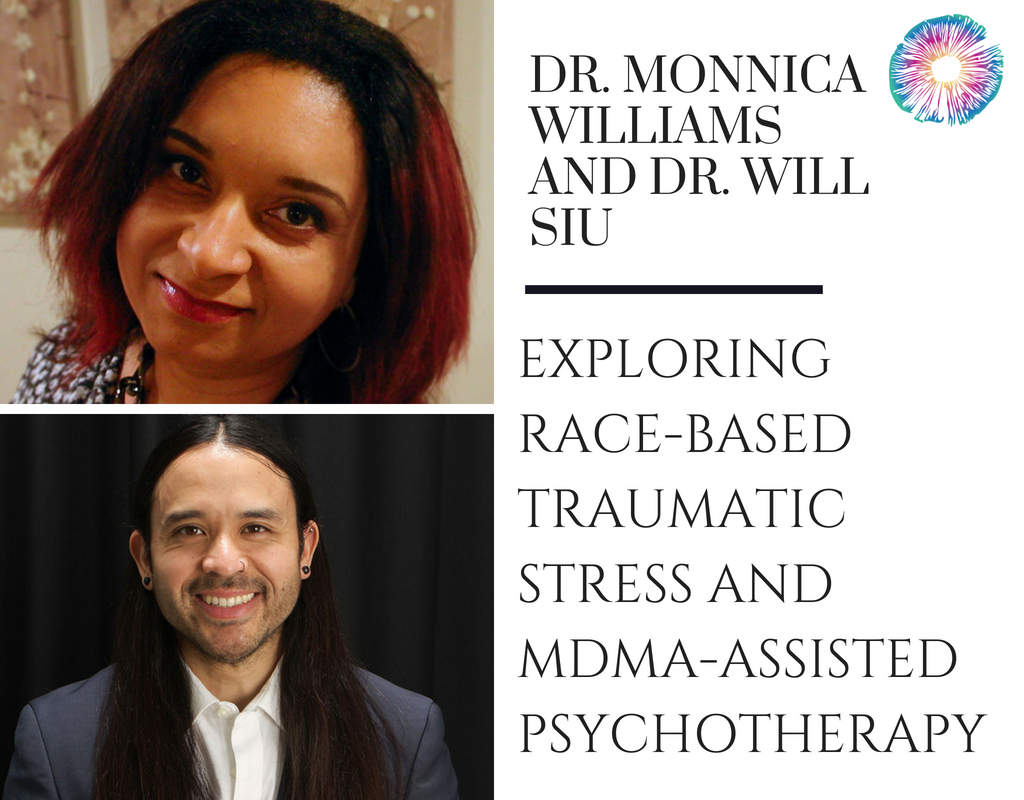
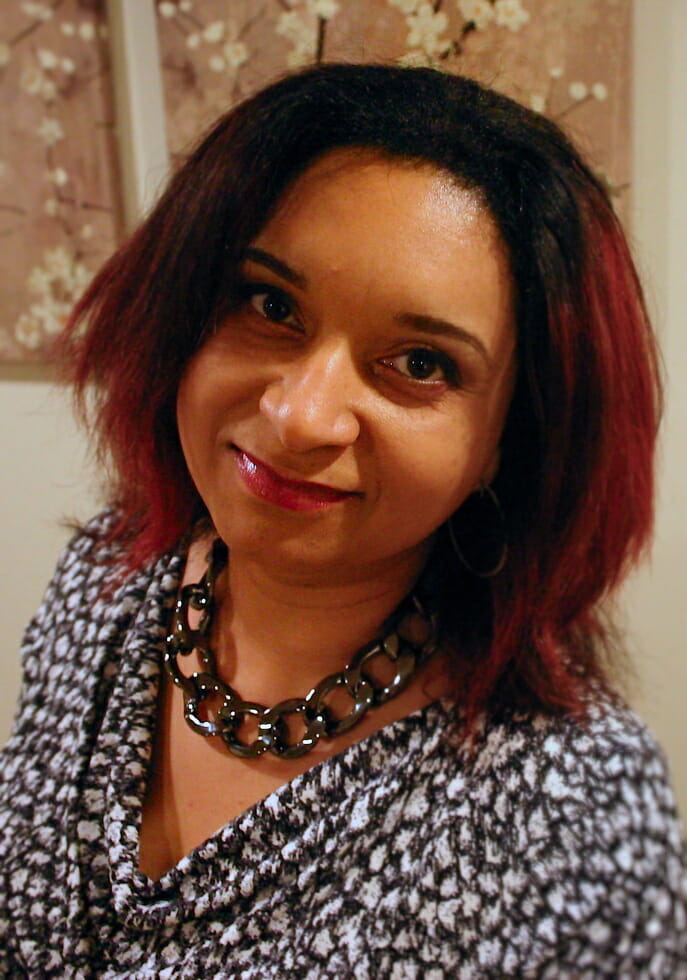



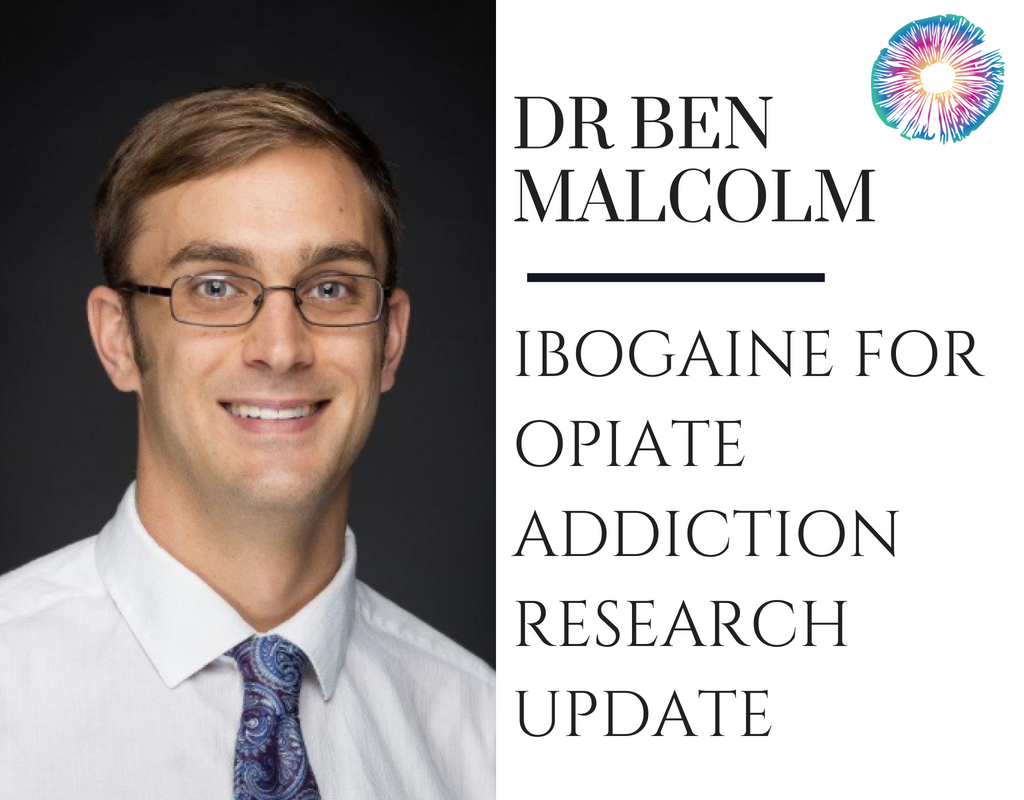
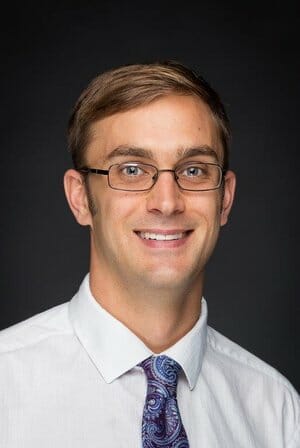
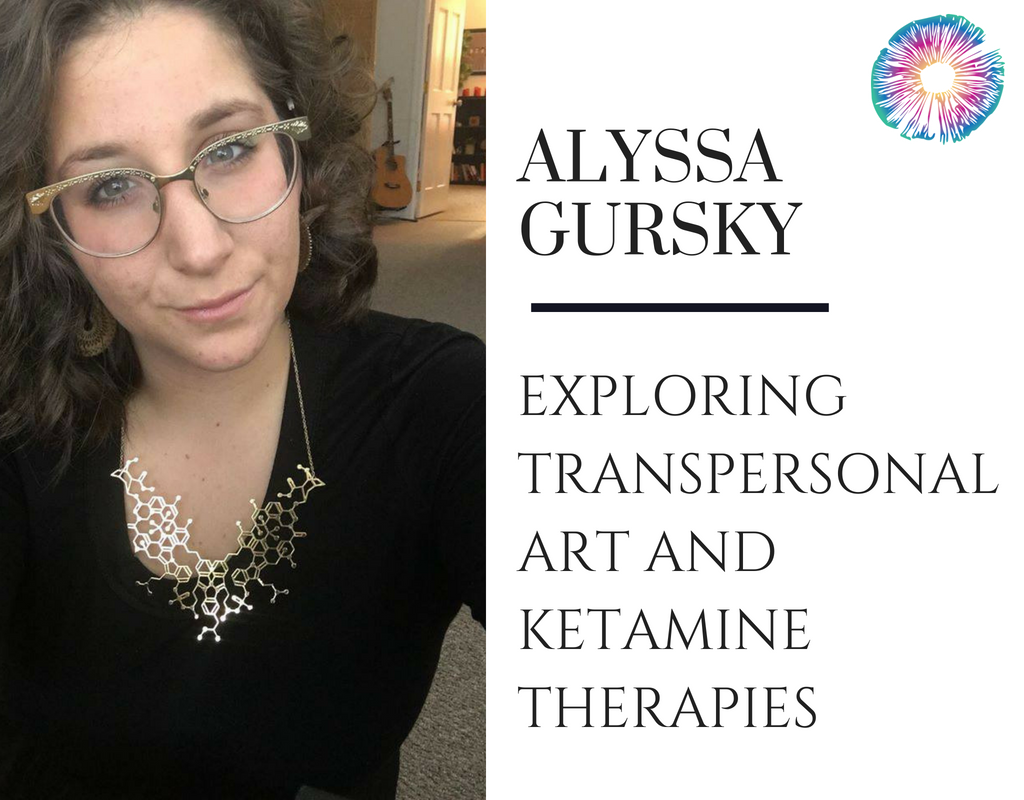

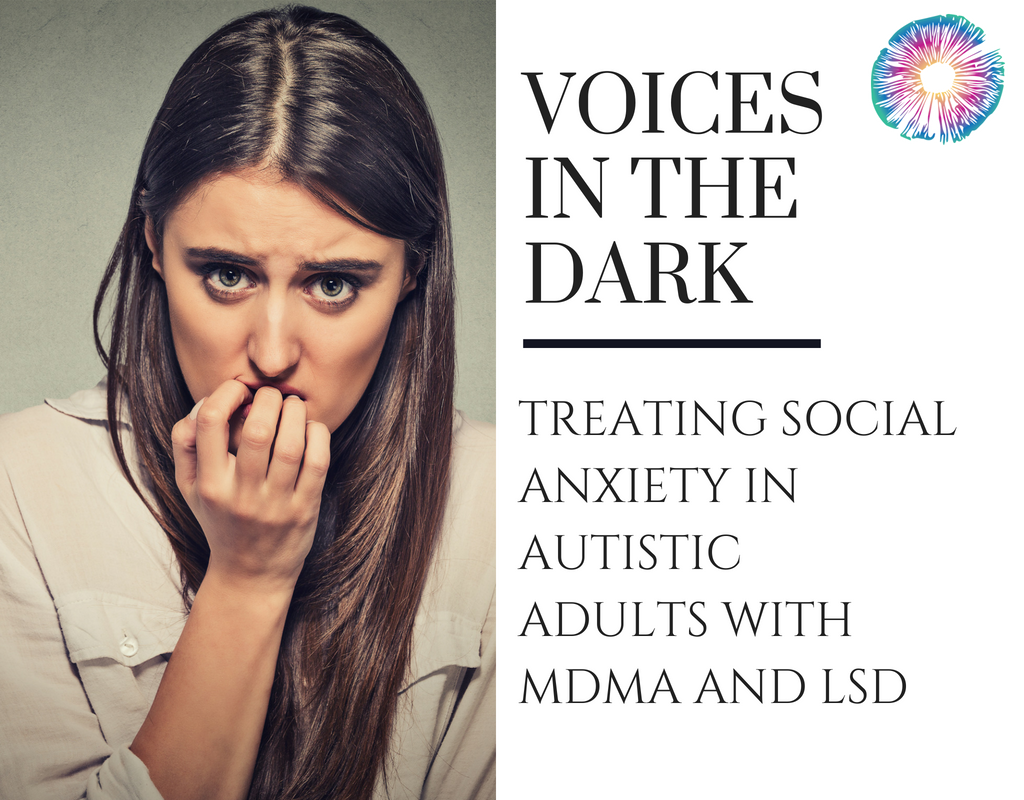
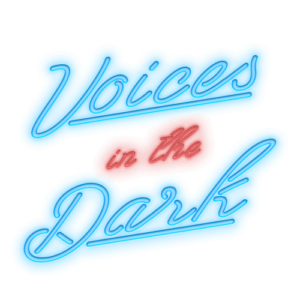
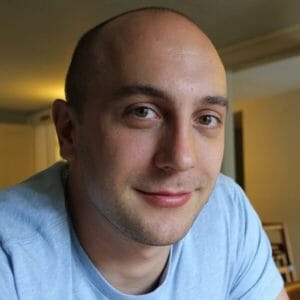
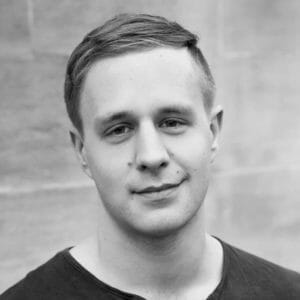
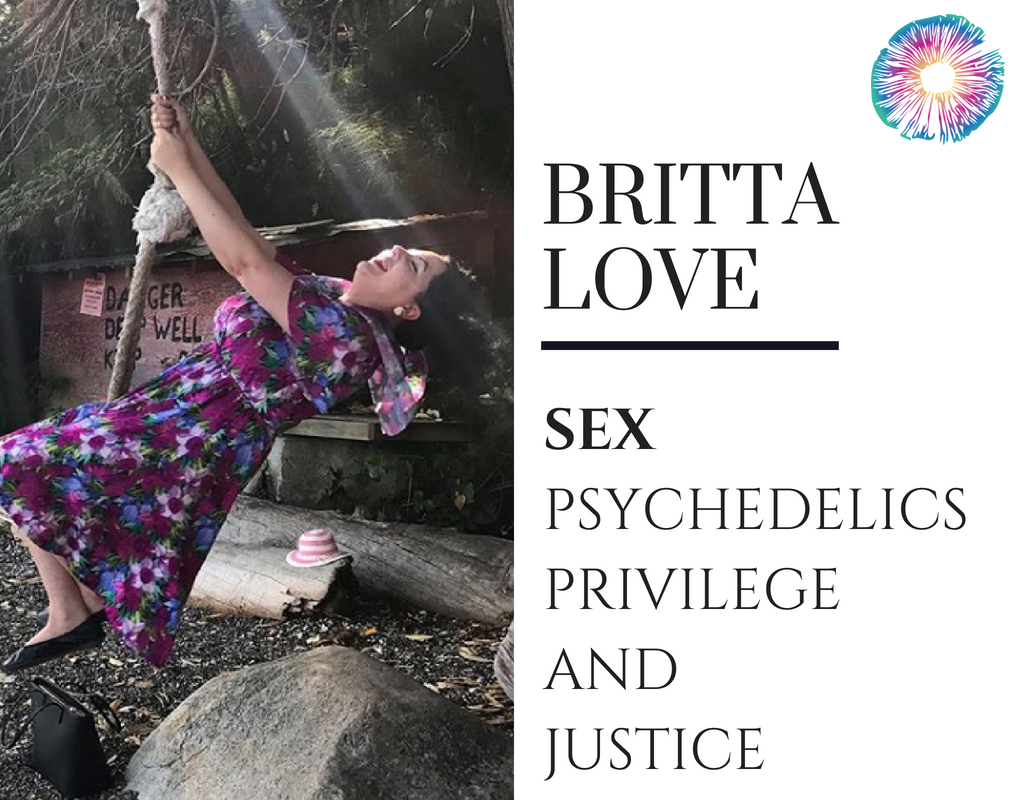
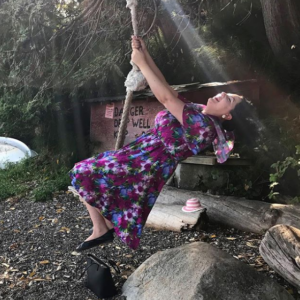
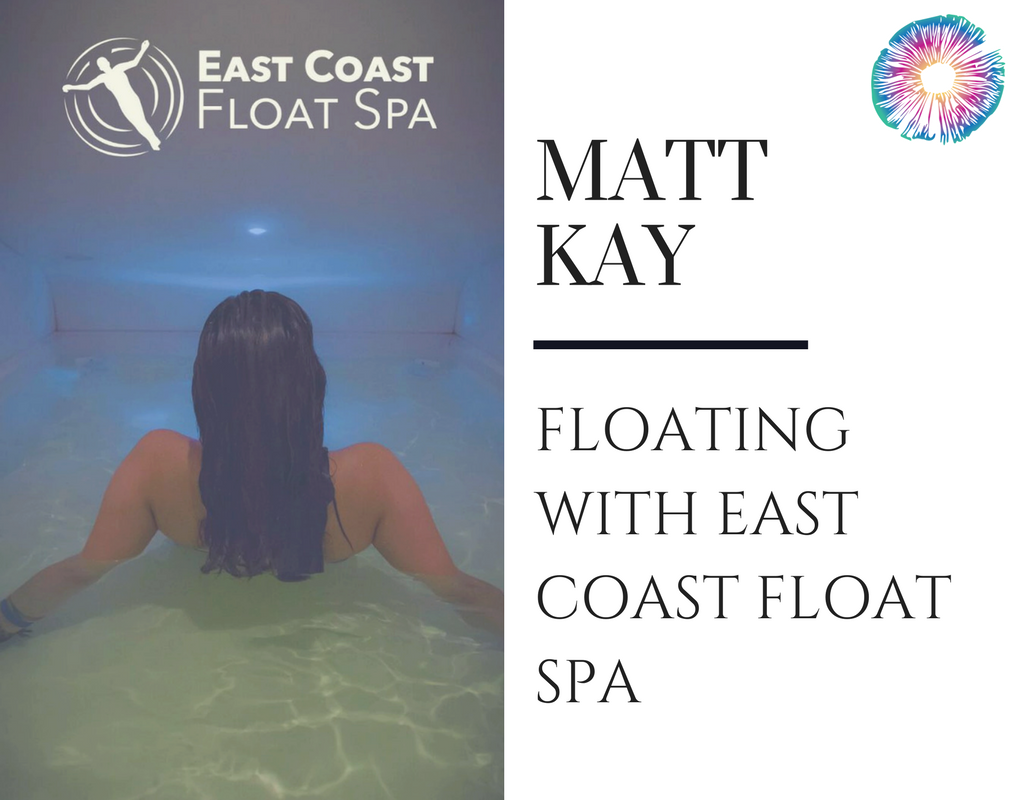





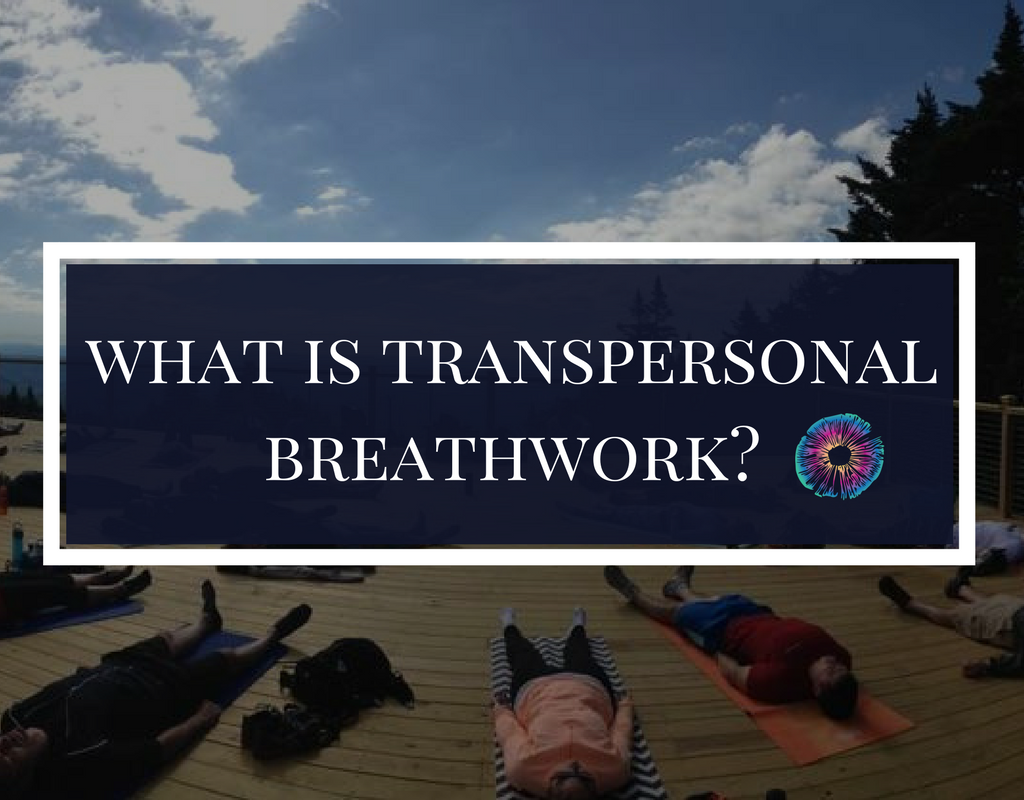





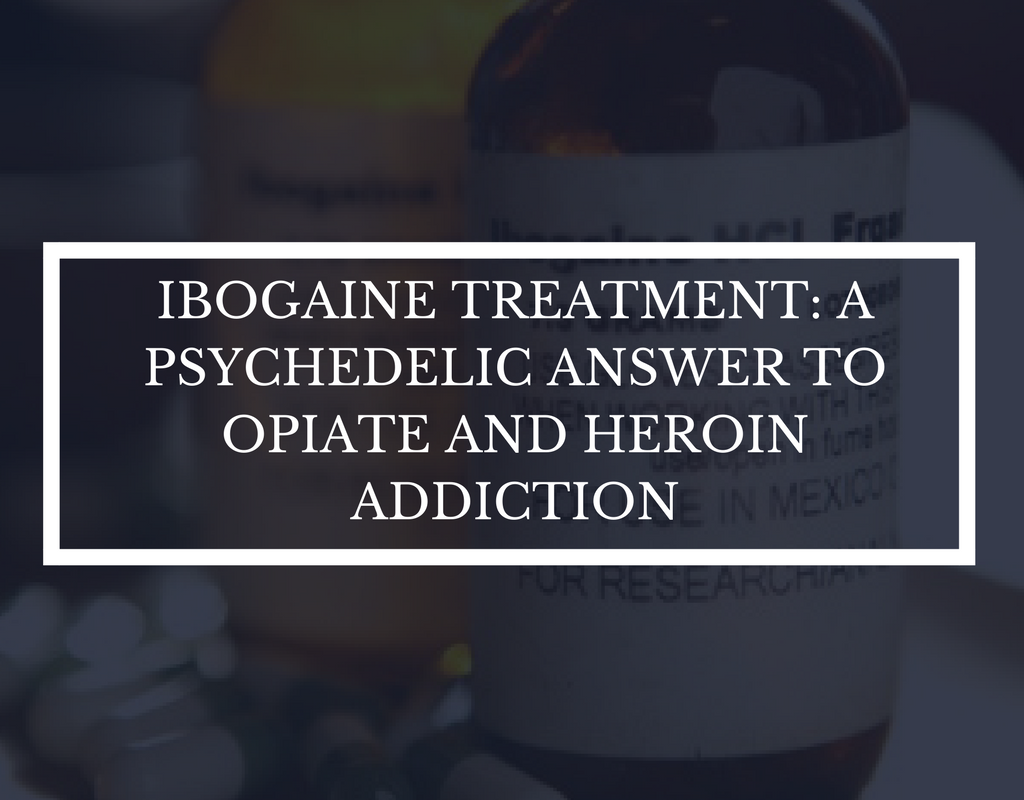



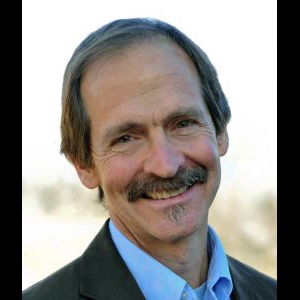

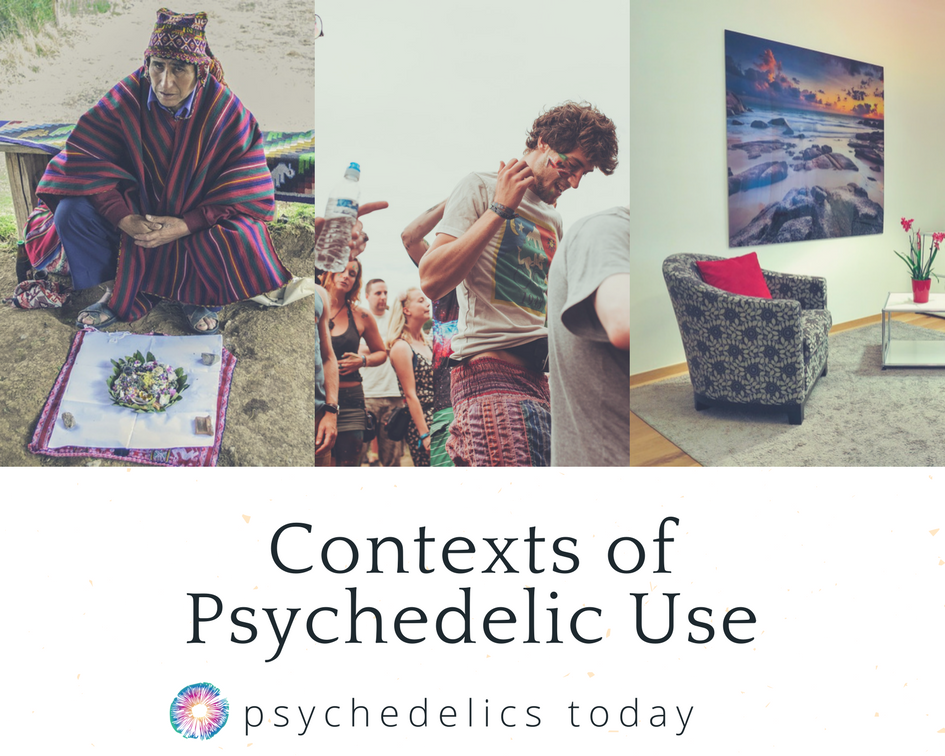

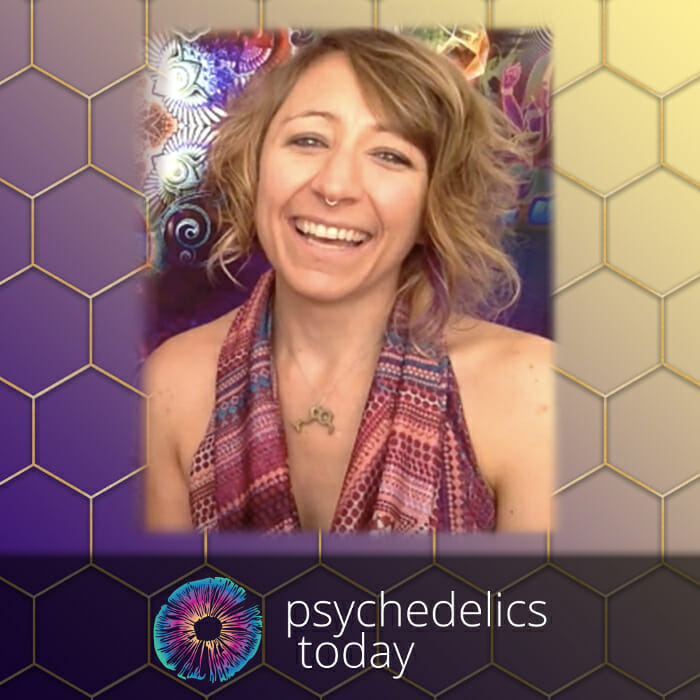







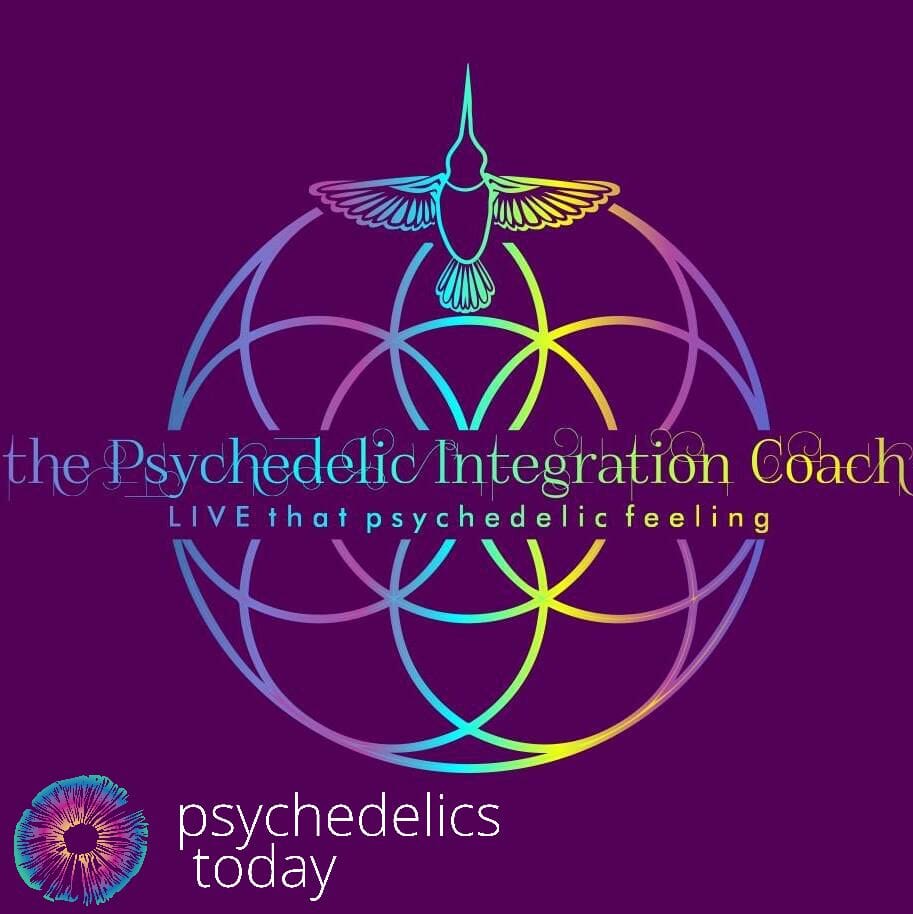









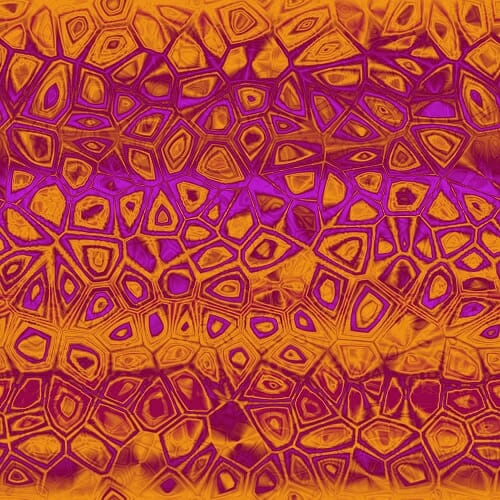

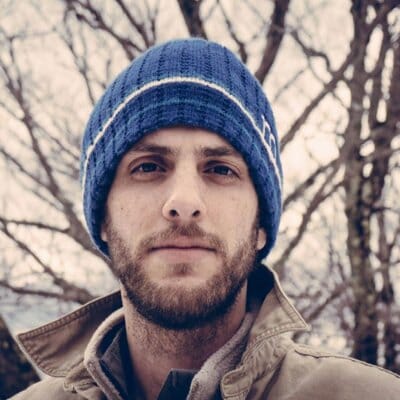
 Kevin graduated from Northeastern University in 2013 with a degree in neuroscience. As an undergraduate he completed an internship as a research assistant at Harvard Medical School working on the Phase 2 dose-response study investigating the therapeutic potential of MDMA-assisted psychotherapy for treatment of cancer related anxiety. Kevin was also one of the founders of the Northeastern chapter of Students for Sensible Drug Policy, and in 2009 the group hosted and co-sponsored the Boston Ibogaine Forum. He now lives in New York City where he is enrolled in a clinical psychology graduate program at The New School for Social Research and is pursuing a doctoral degree. Kevin has worked part-time for the Drug Policy Alliance, and also works as a writer covering topics related to psychedelic therapy, addiction, and mental health advocacy. His recent contributions include: New Scientist, Reason.com, Reset.me, Reality Sandwich, and VICE.com.
Kevin graduated from Northeastern University in 2013 with a degree in neuroscience. As an undergraduate he completed an internship as a research assistant at Harvard Medical School working on the Phase 2 dose-response study investigating the therapeutic potential of MDMA-assisted psychotherapy for treatment of cancer related anxiety. Kevin was also one of the founders of the Northeastern chapter of Students for Sensible Drug Policy, and in 2009 the group hosted and co-sponsored the Boston Ibogaine Forum. He now lives in New York City where he is enrolled in a clinical psychology graduate program at The New School for Social Research and is pursuing a doctoral degree. Kevin has worked part-time for the Drug Policy Alliance, and also works as a writer covering topics related to psychedelic therapy, addiction, and mental health advocacy. His recent contributions include: New Scientist, Reason.com, Reset.me, Reality Sandwich, and VICE.com.